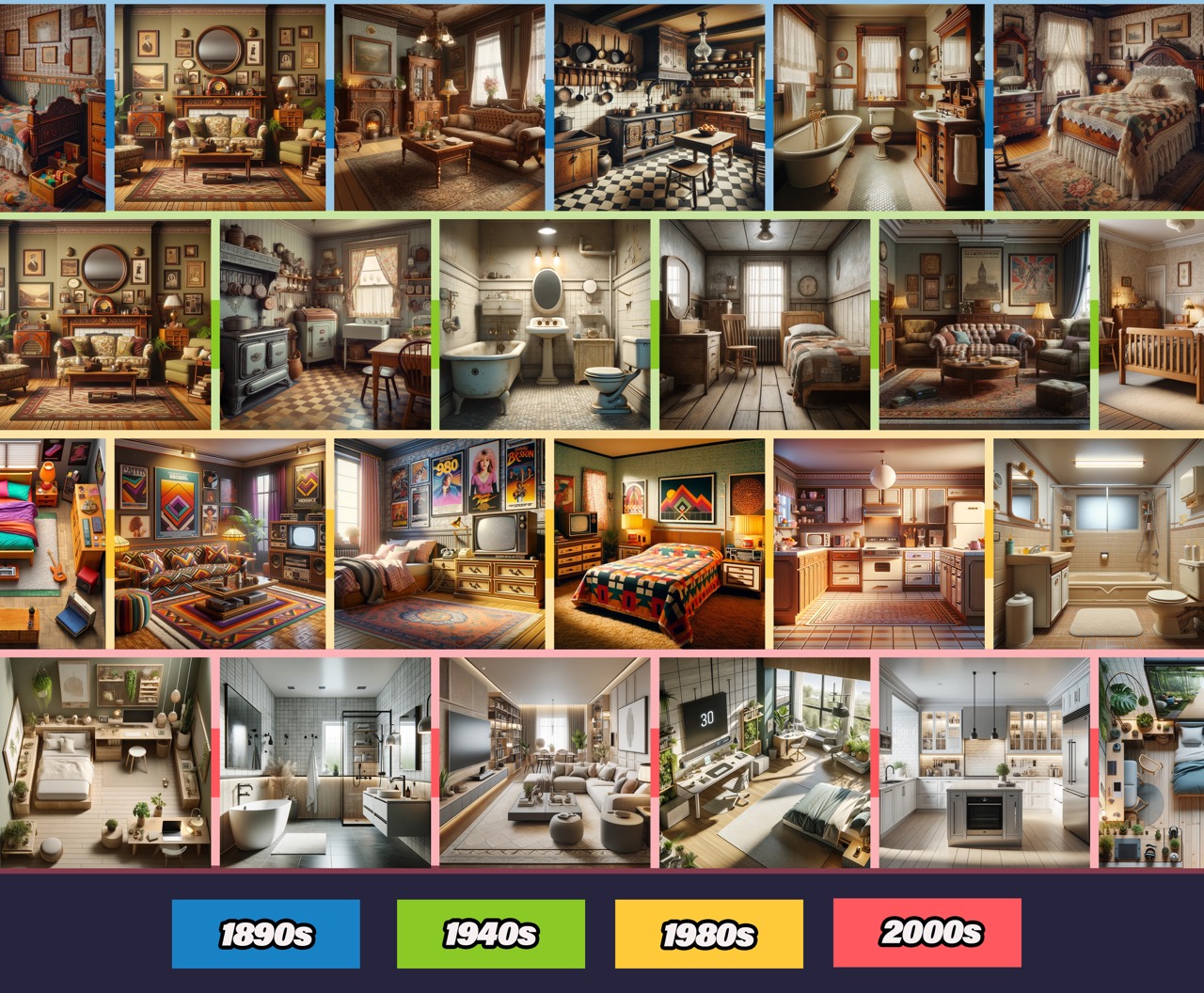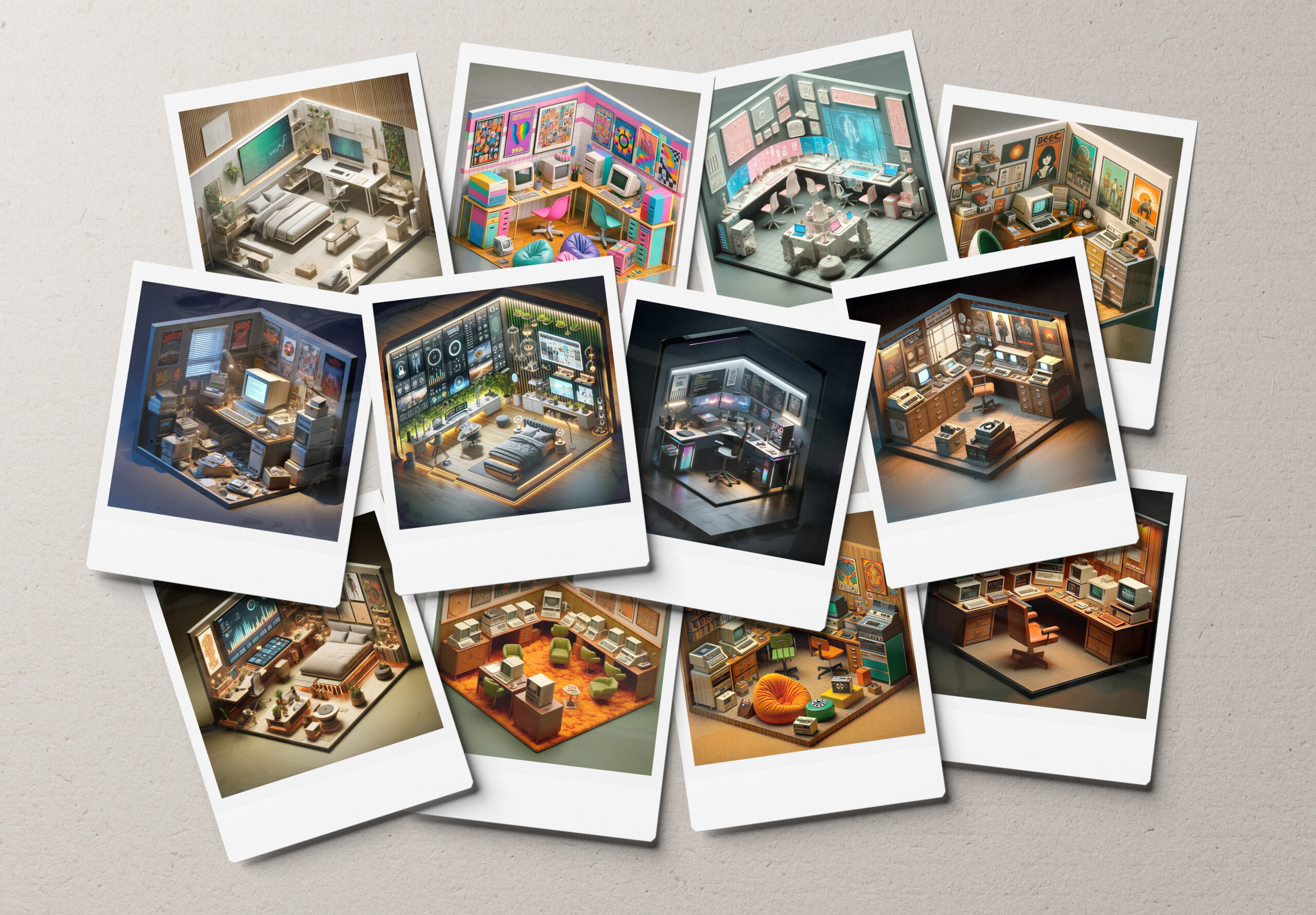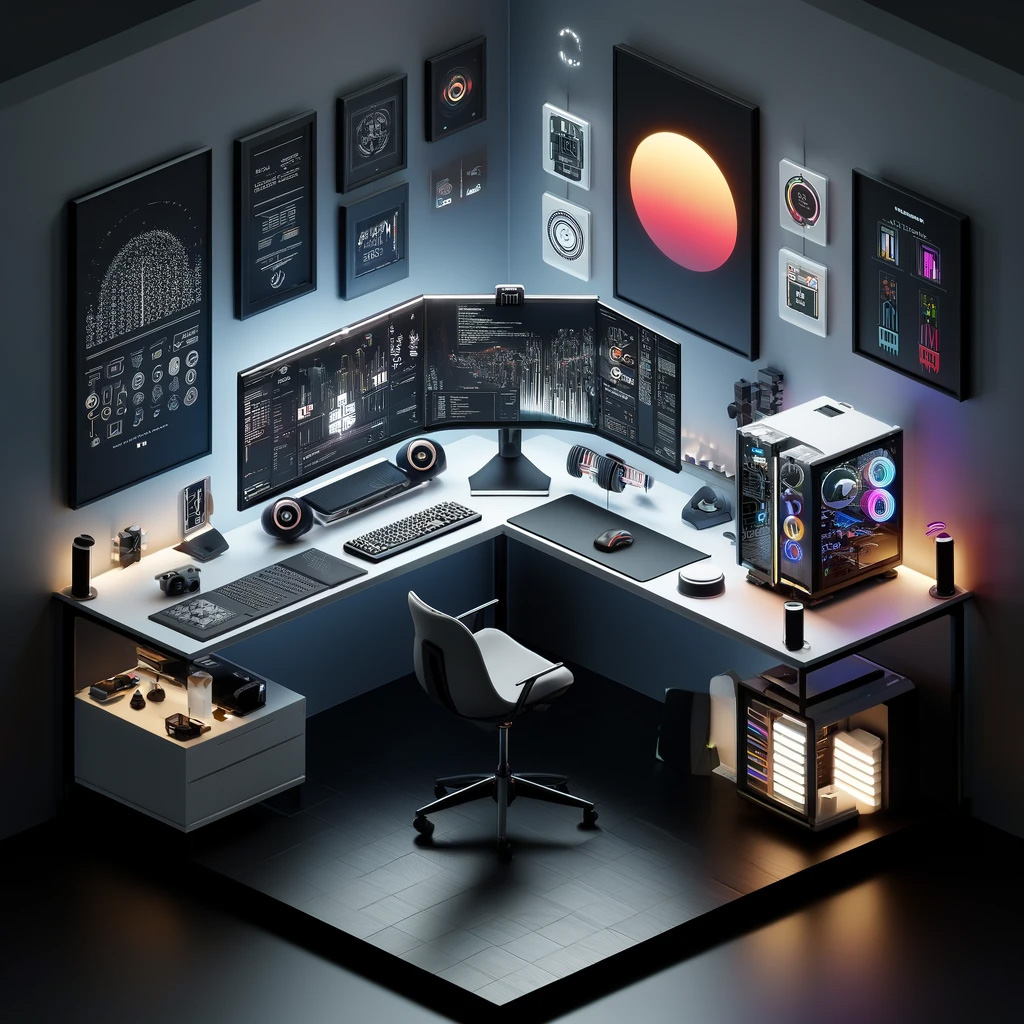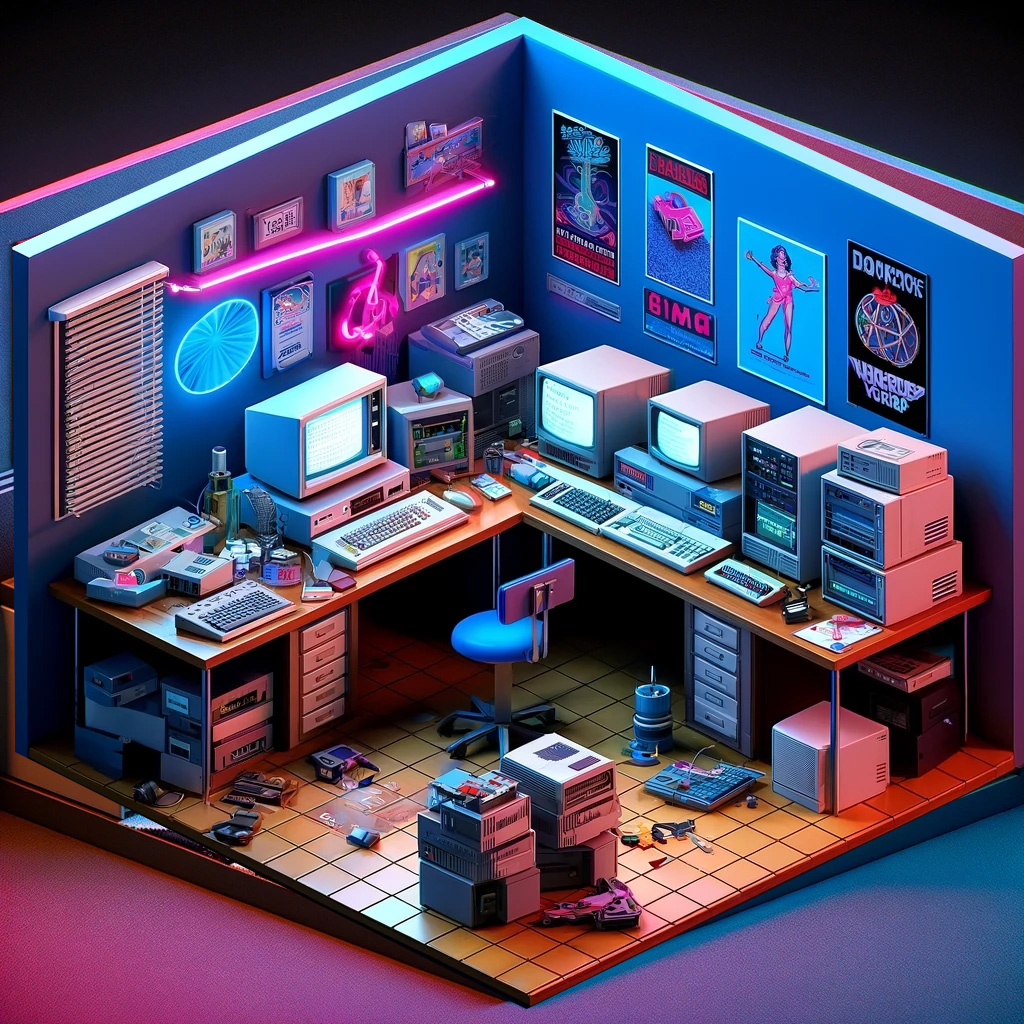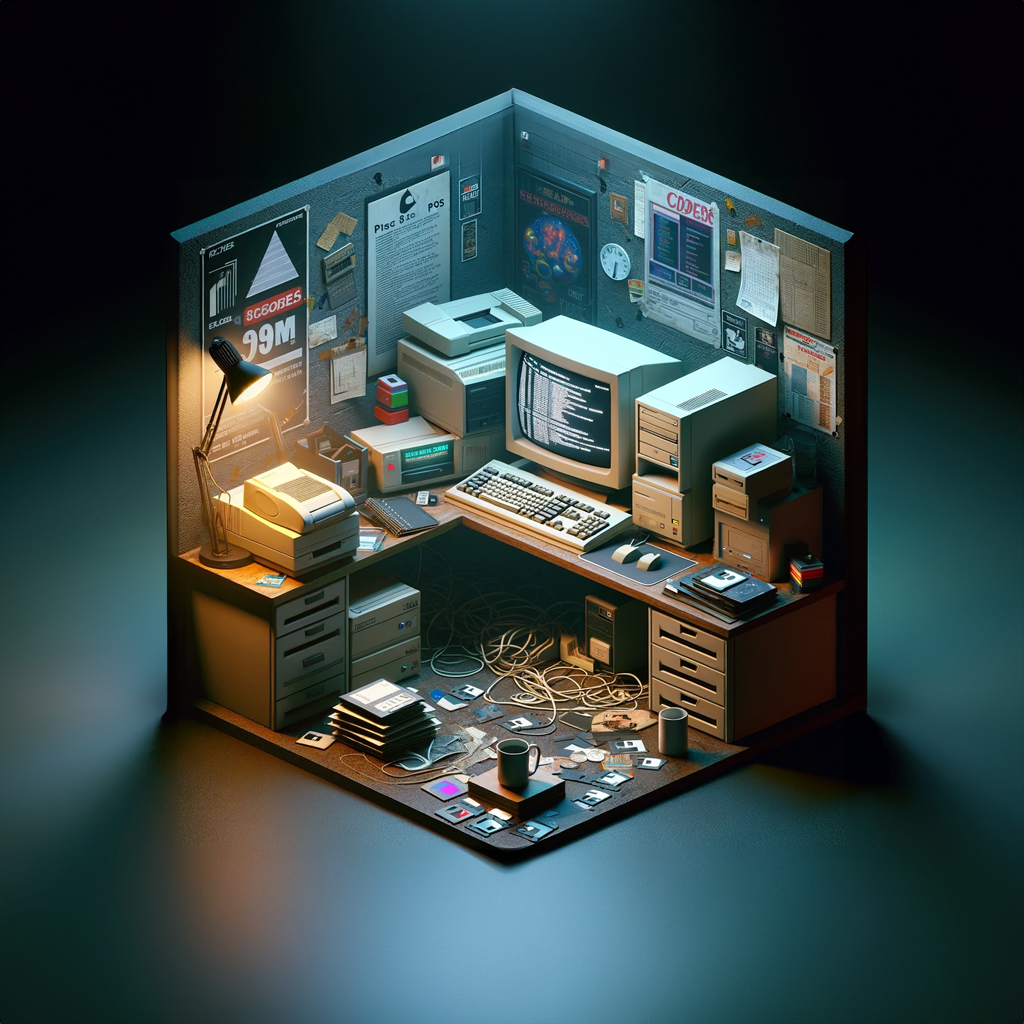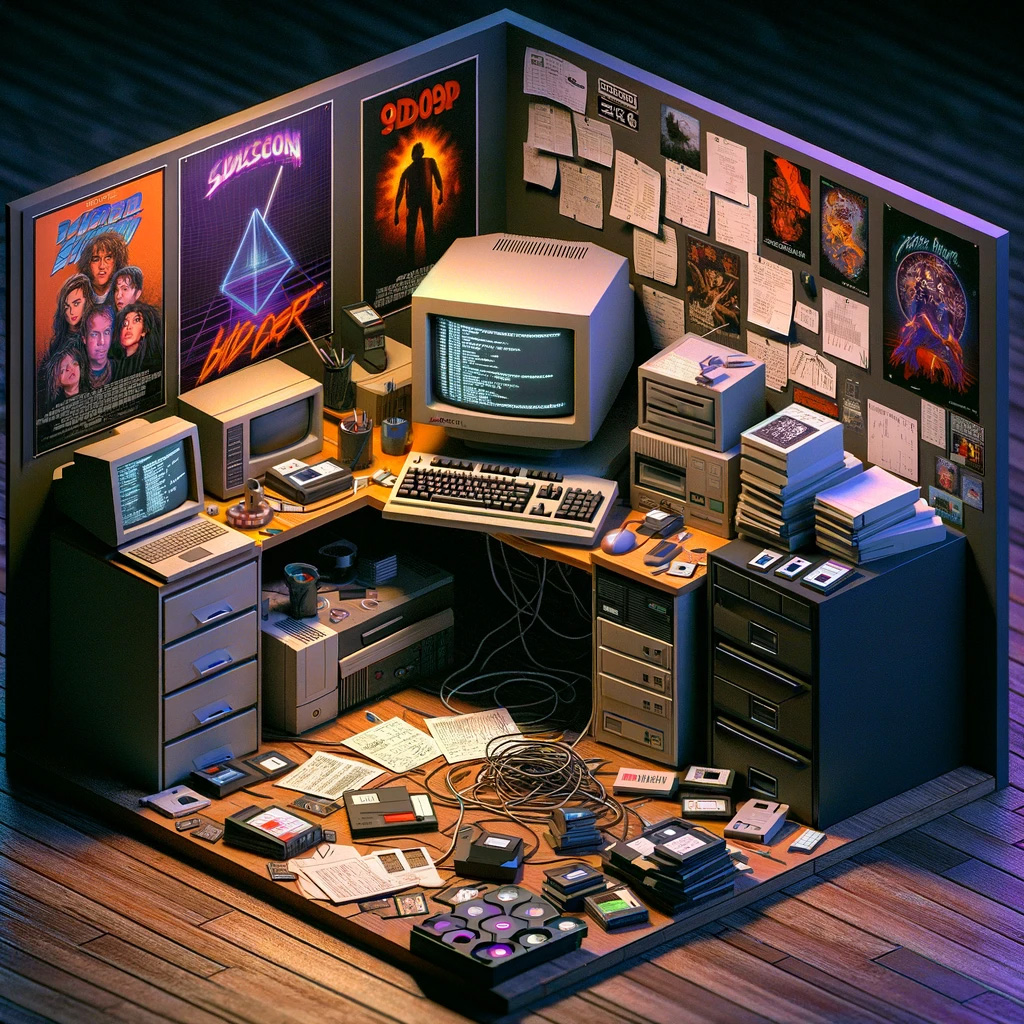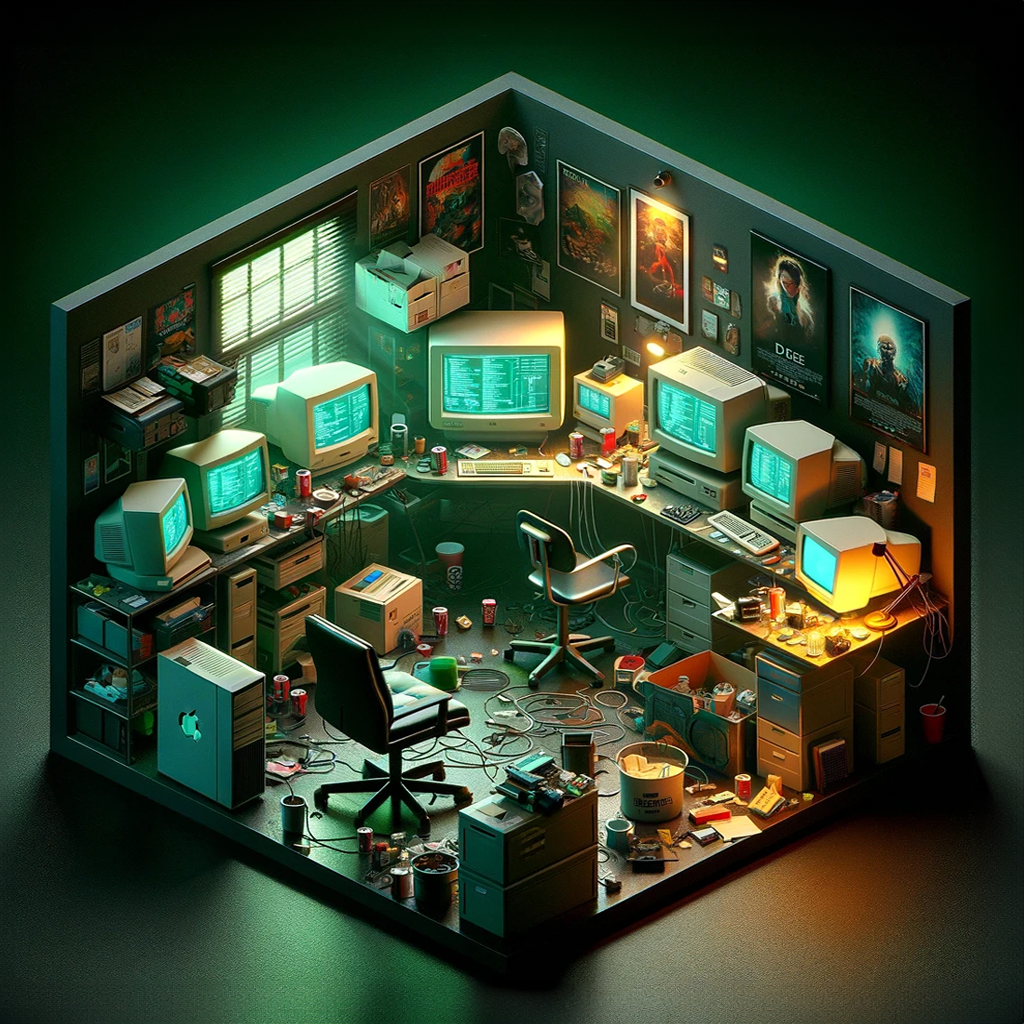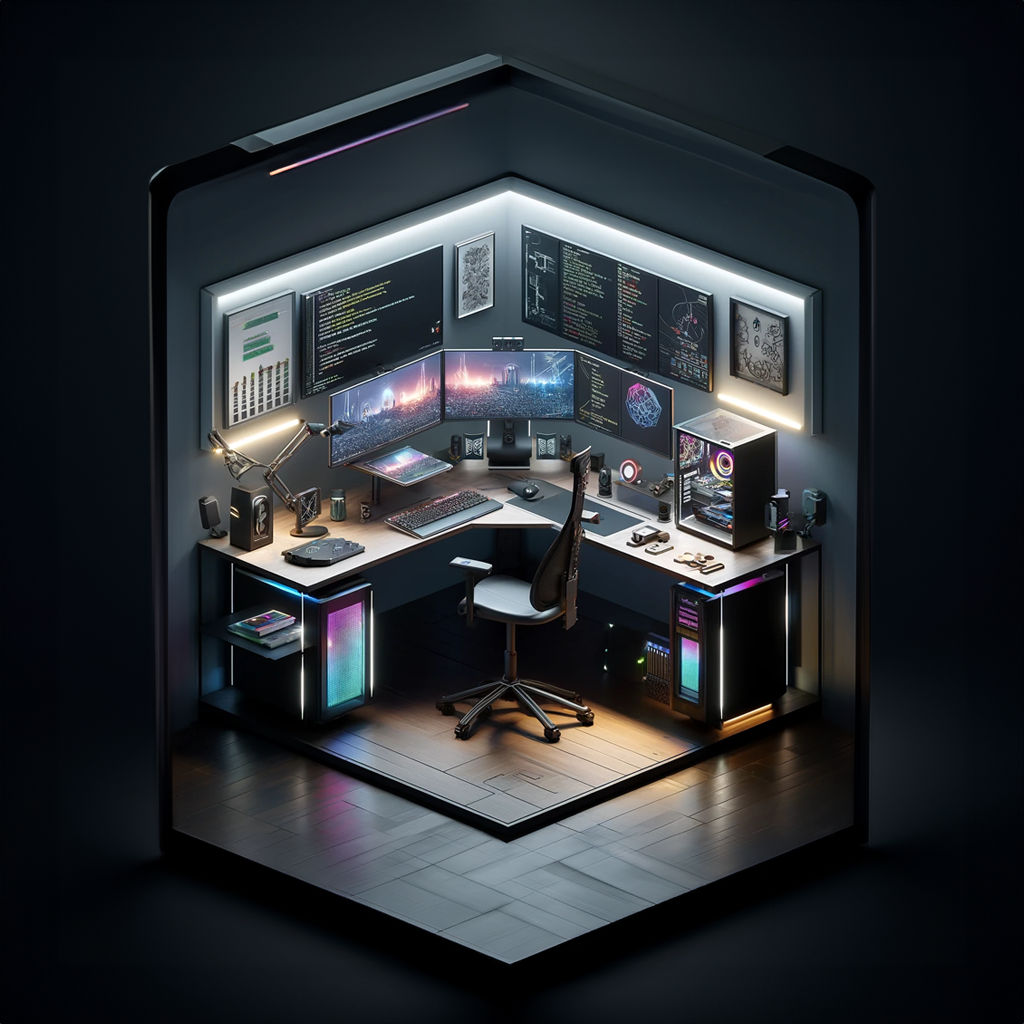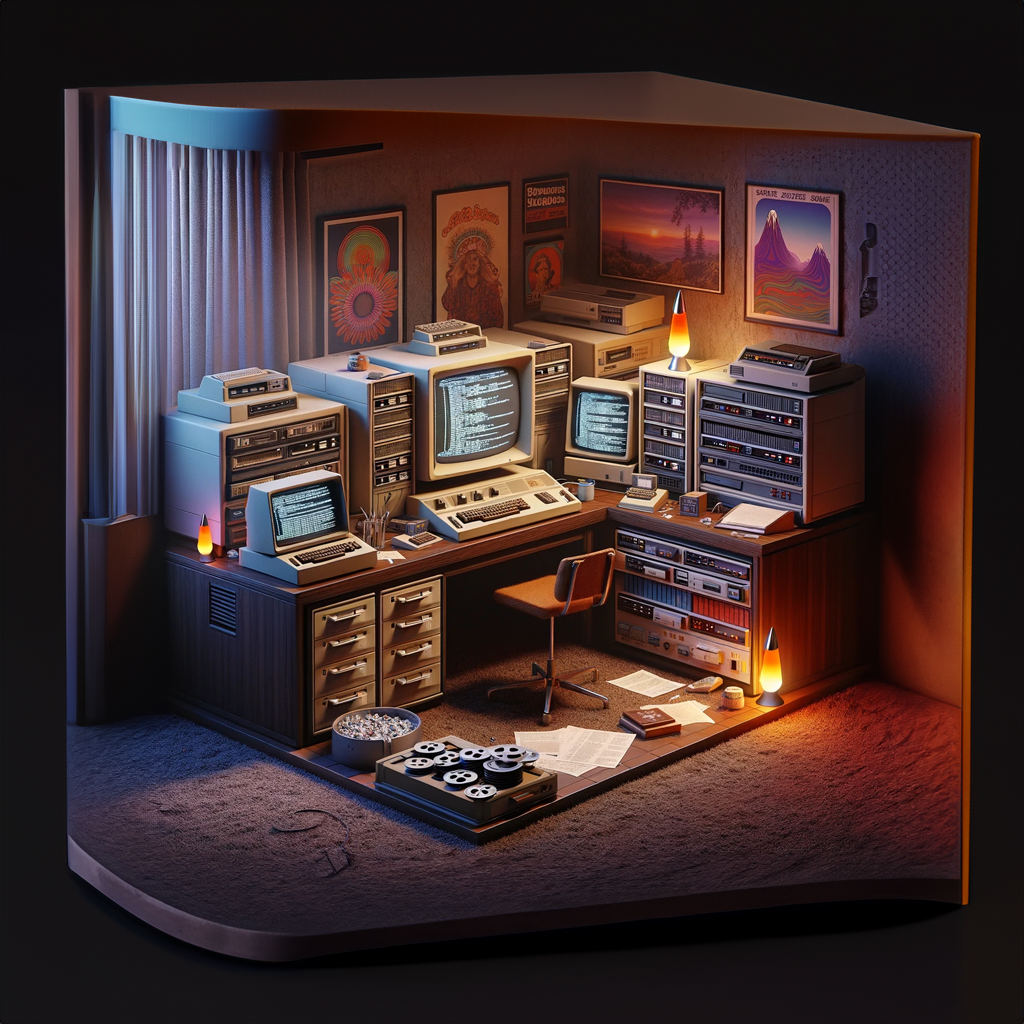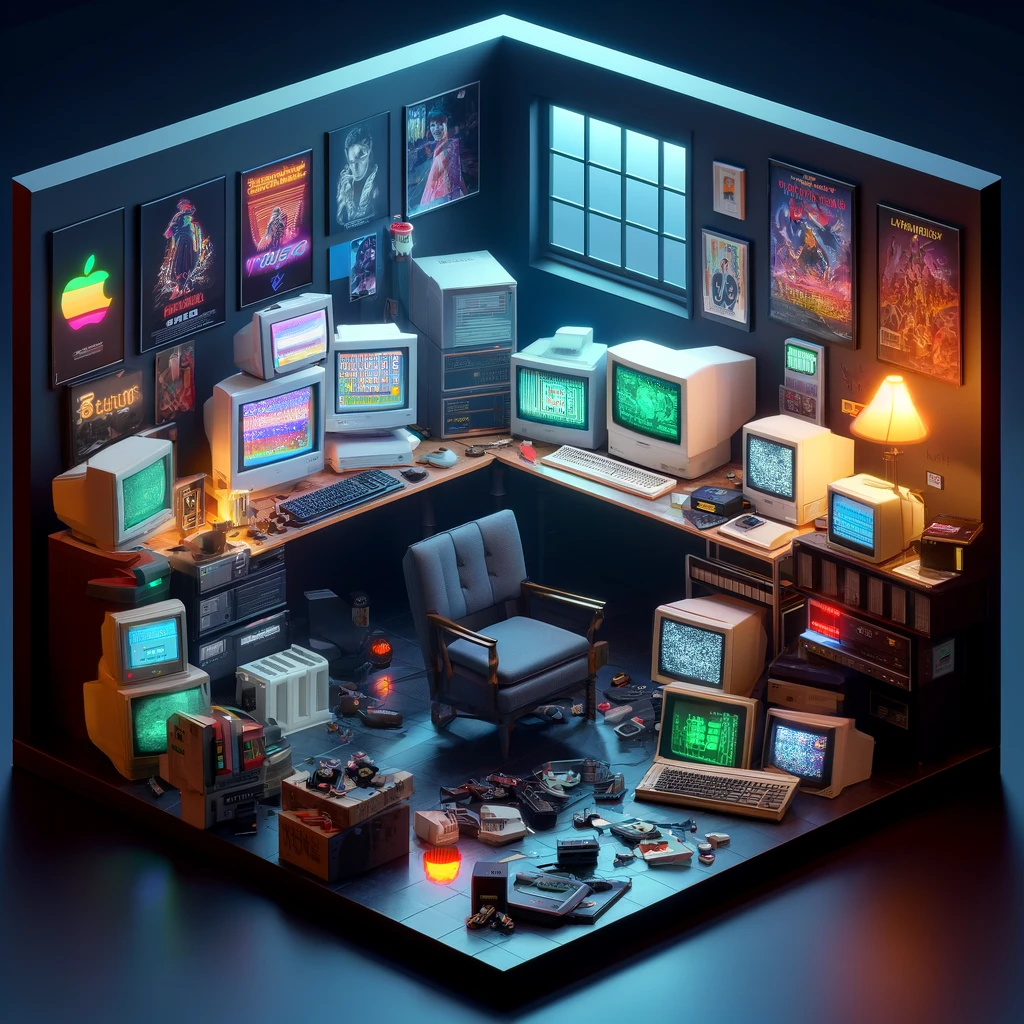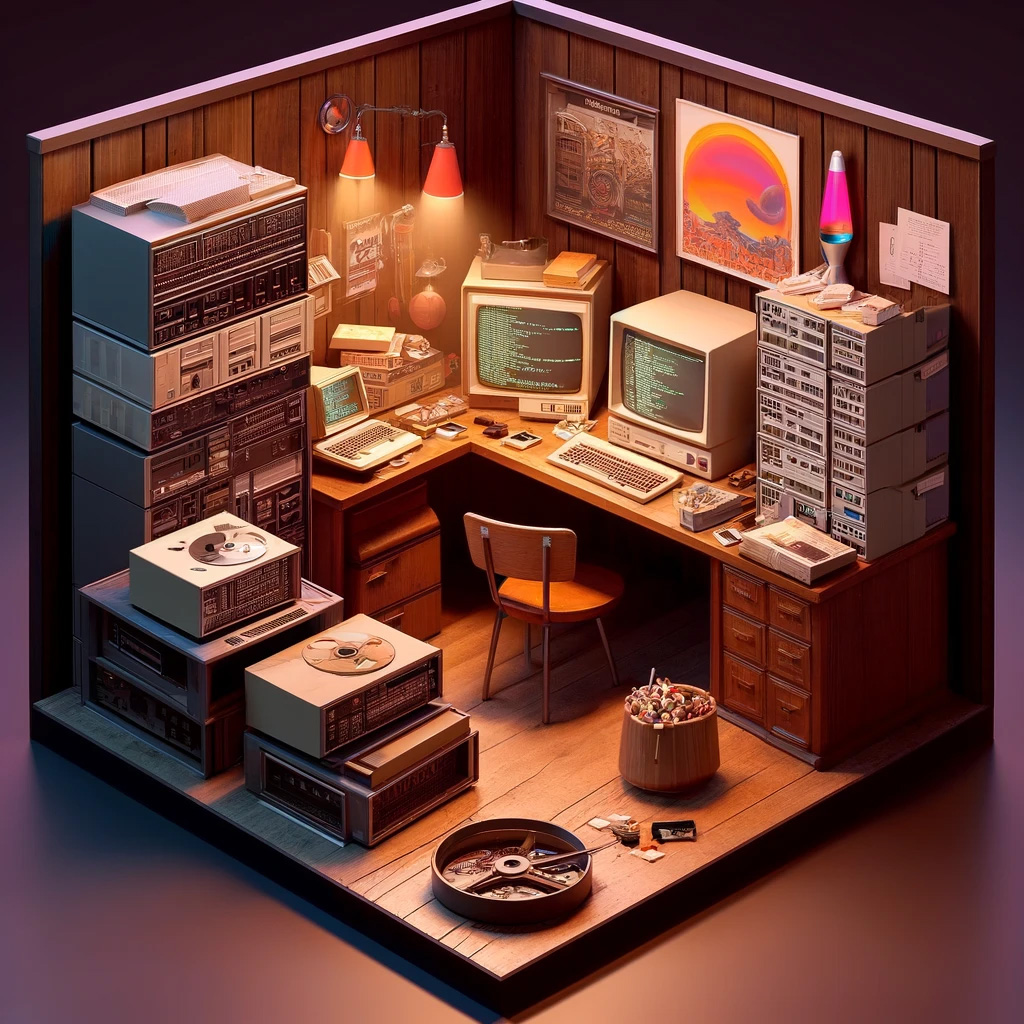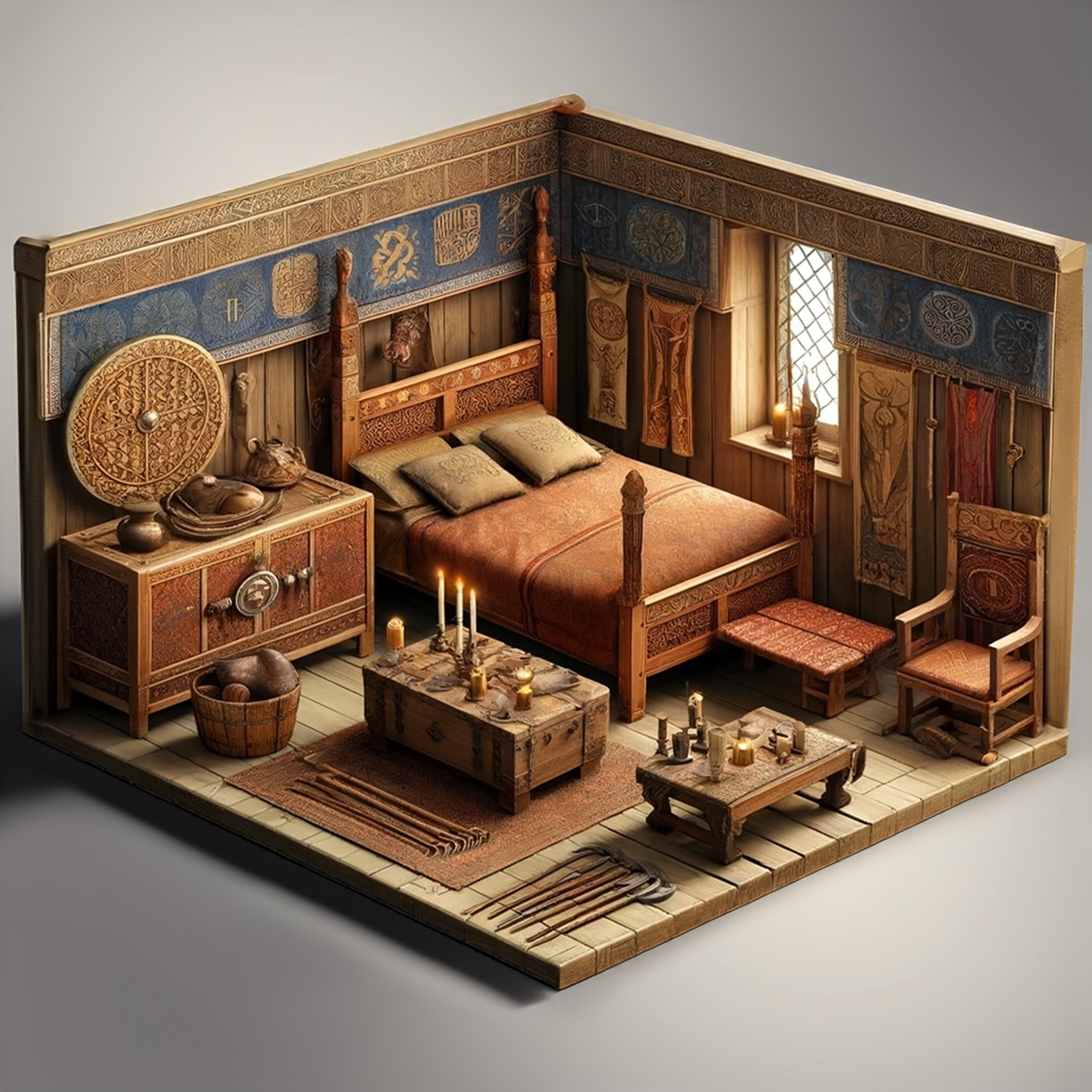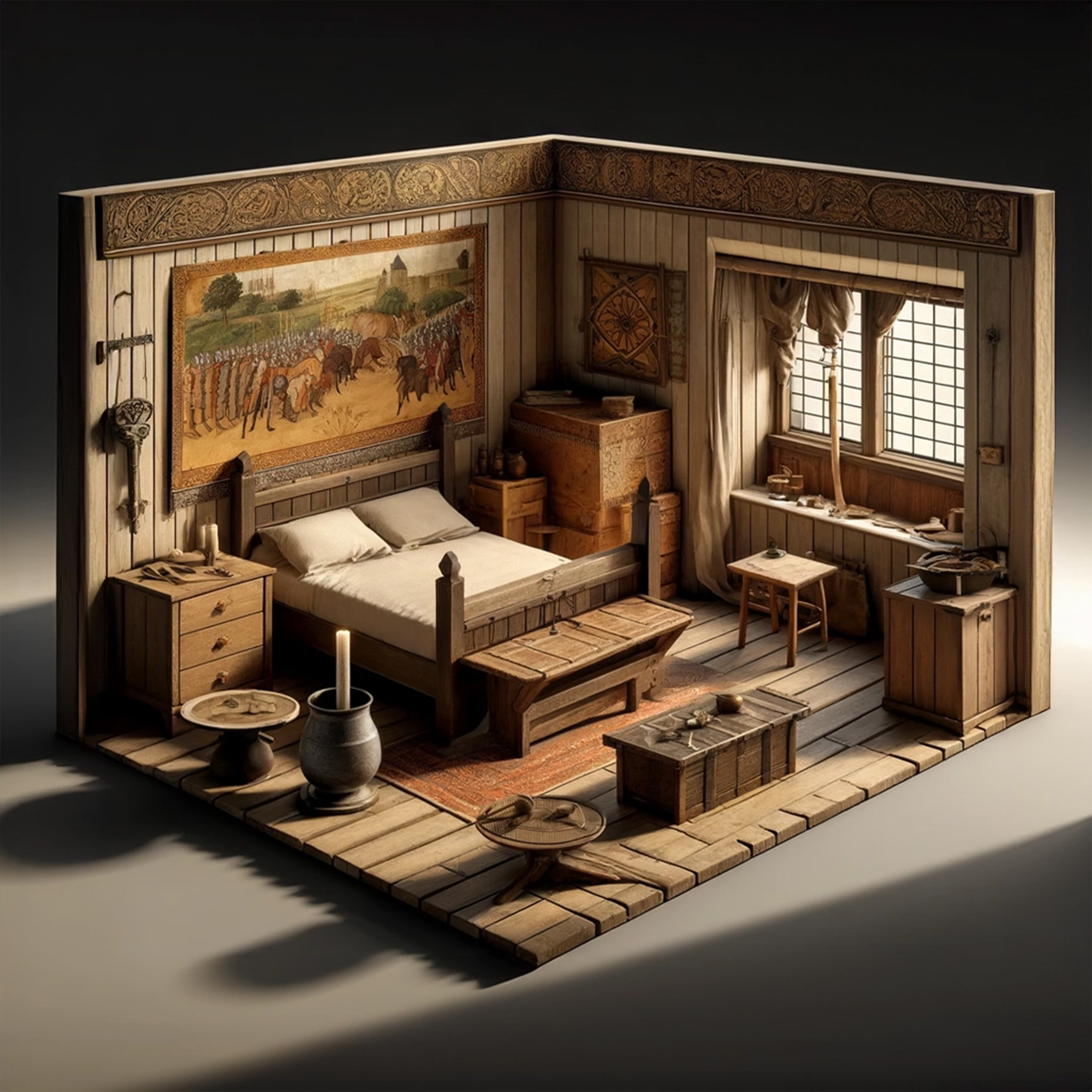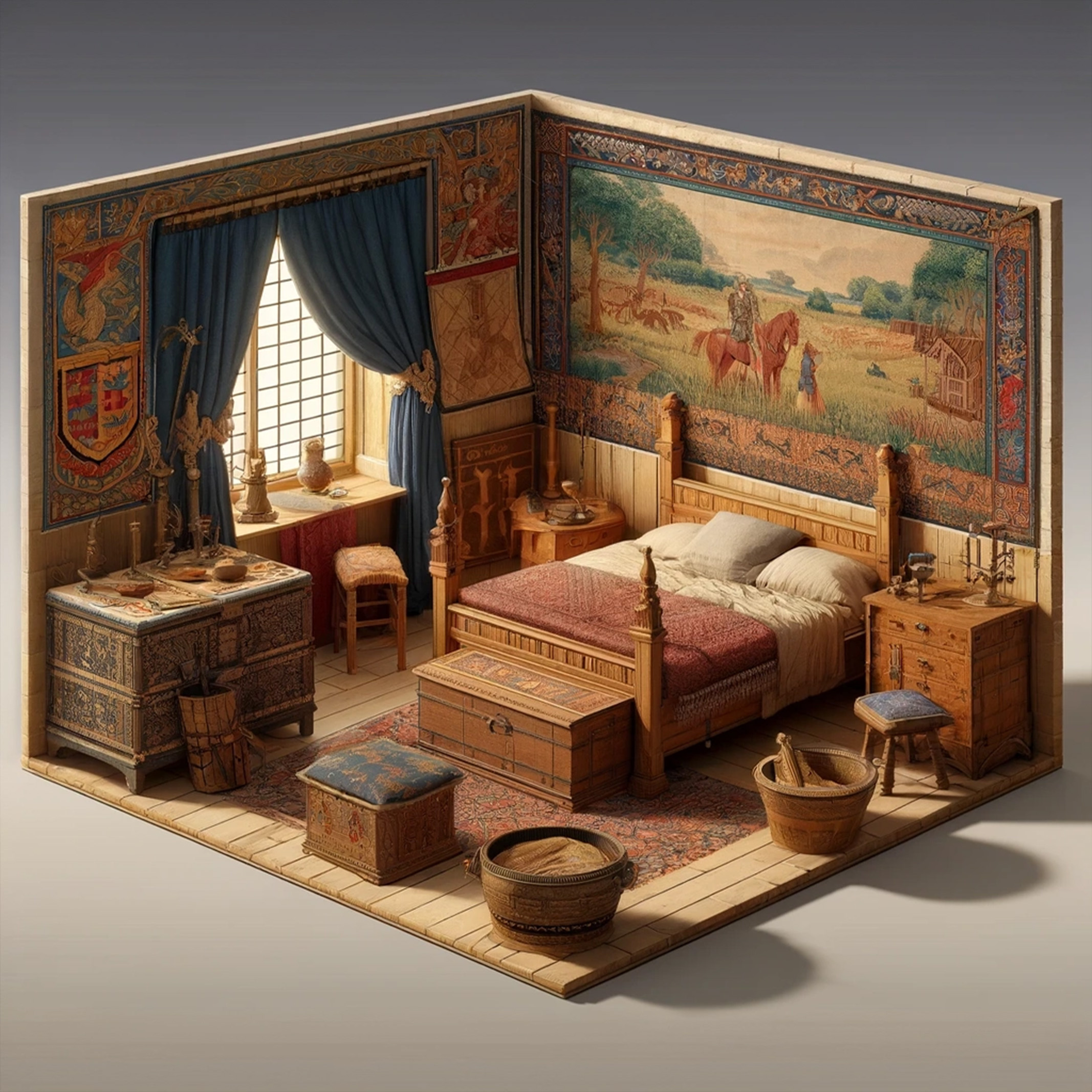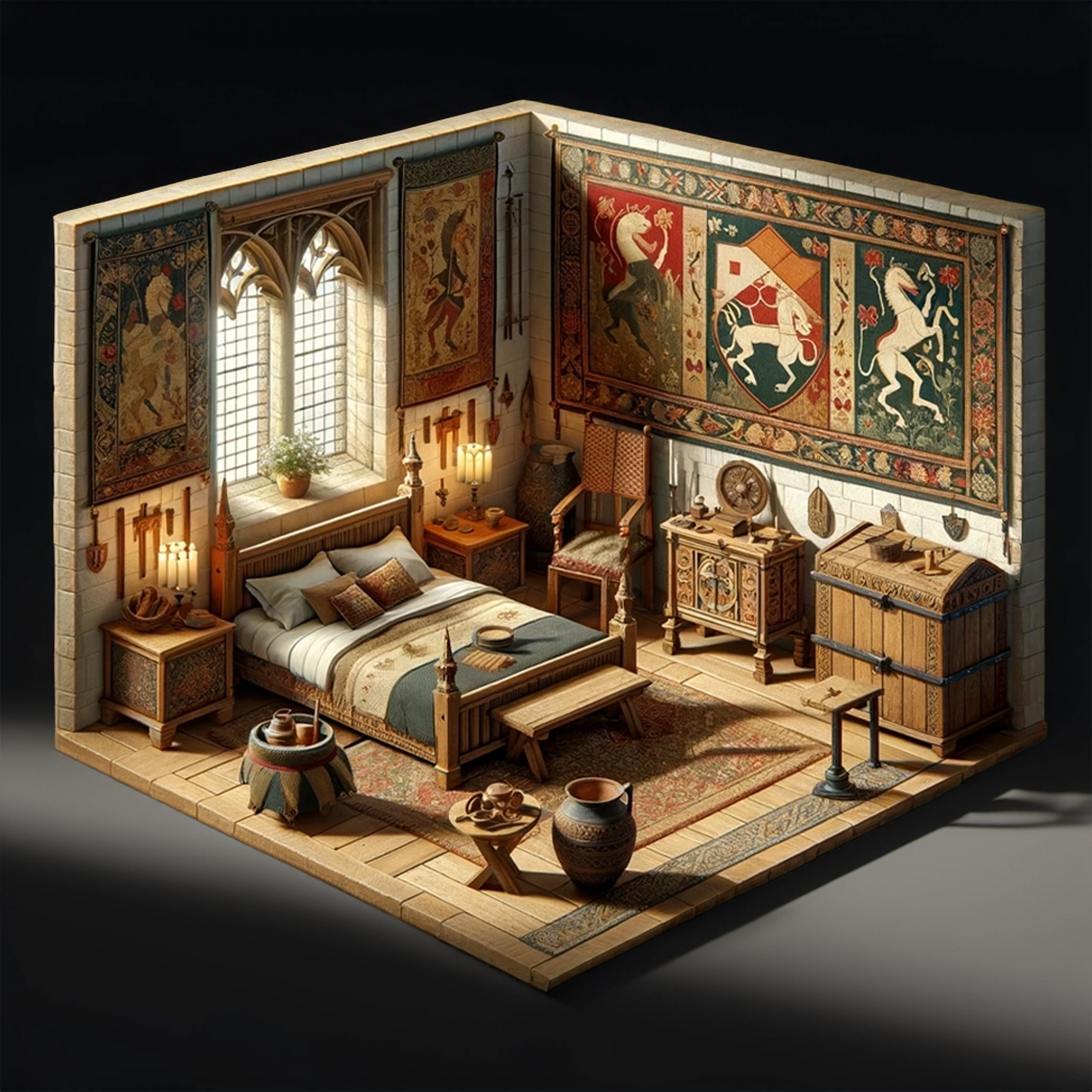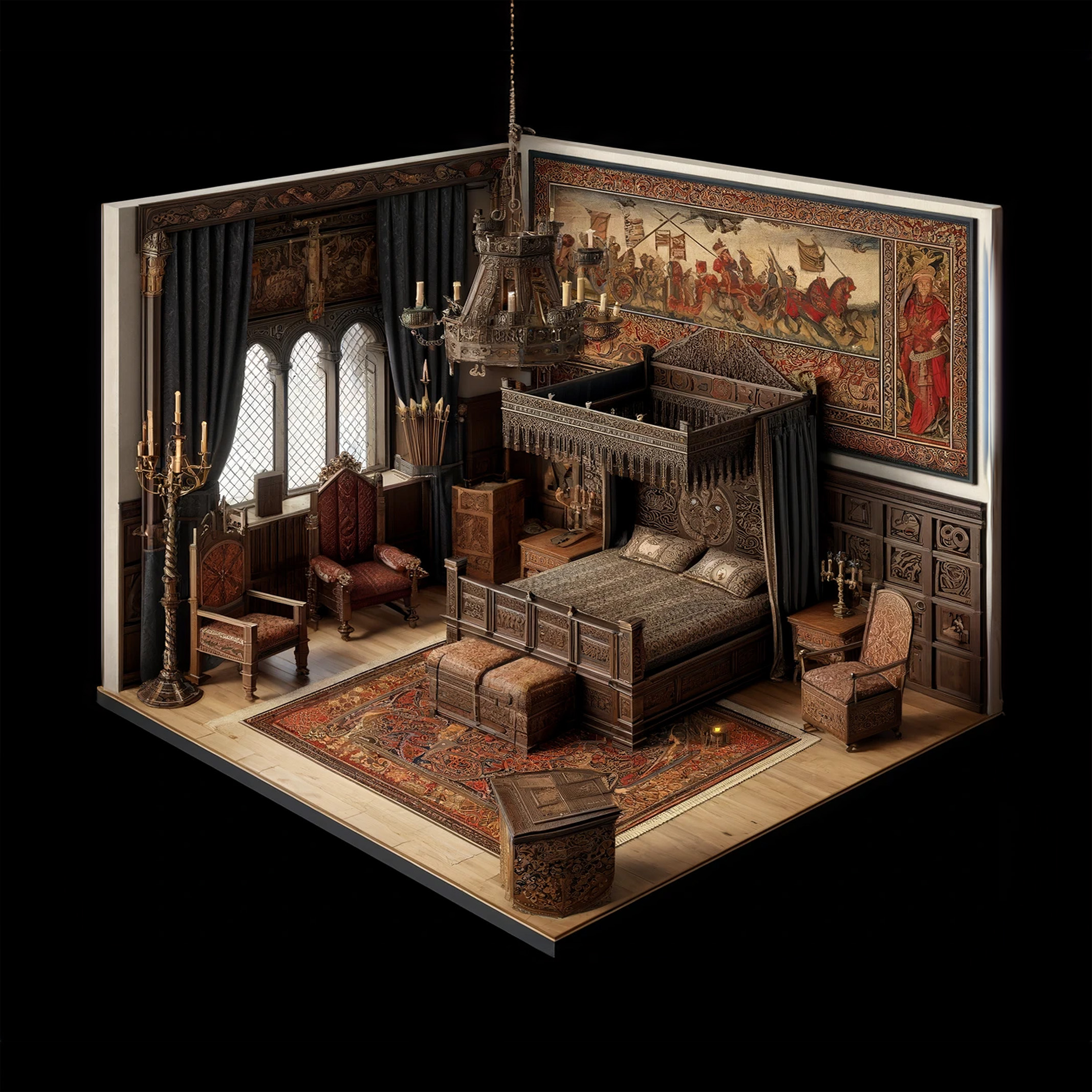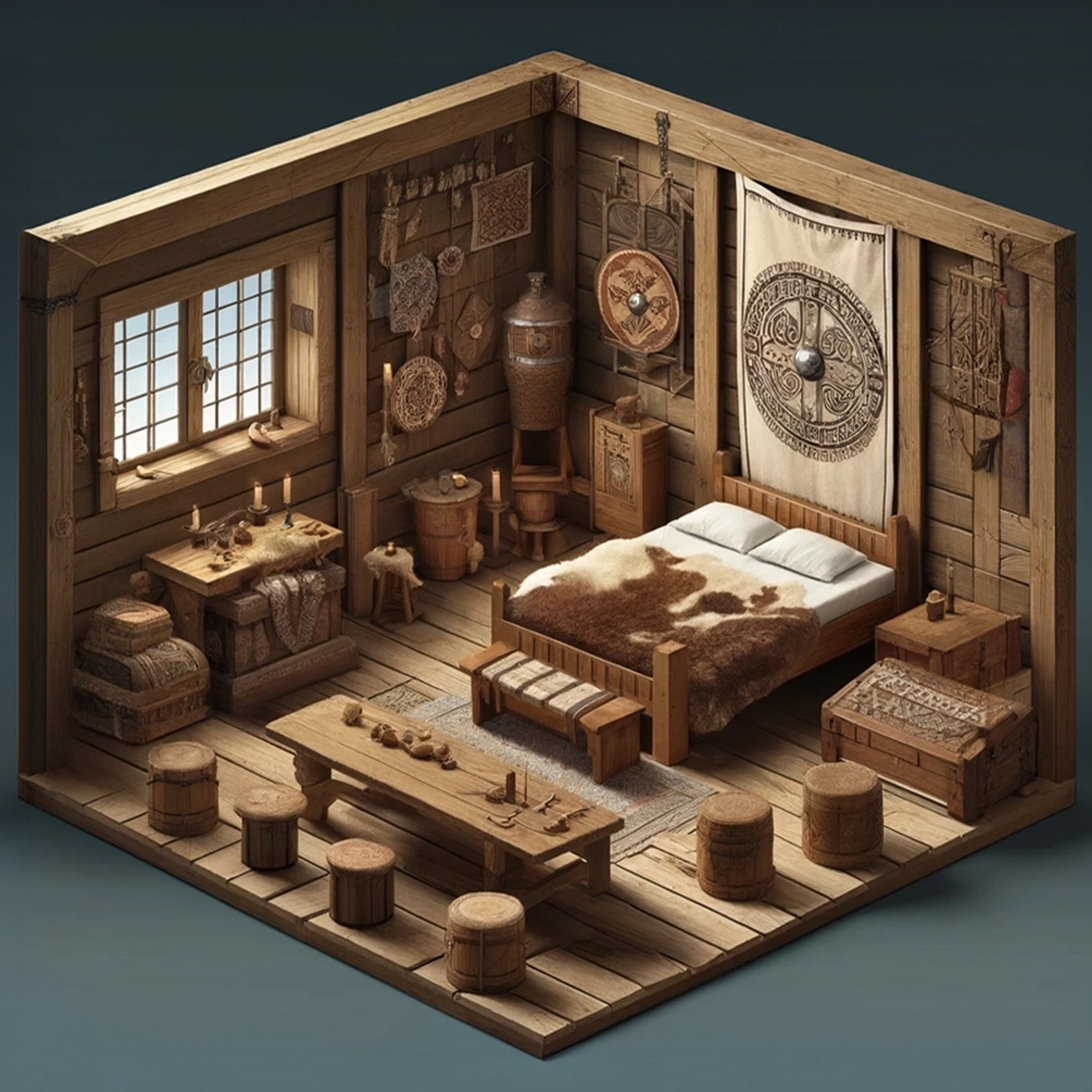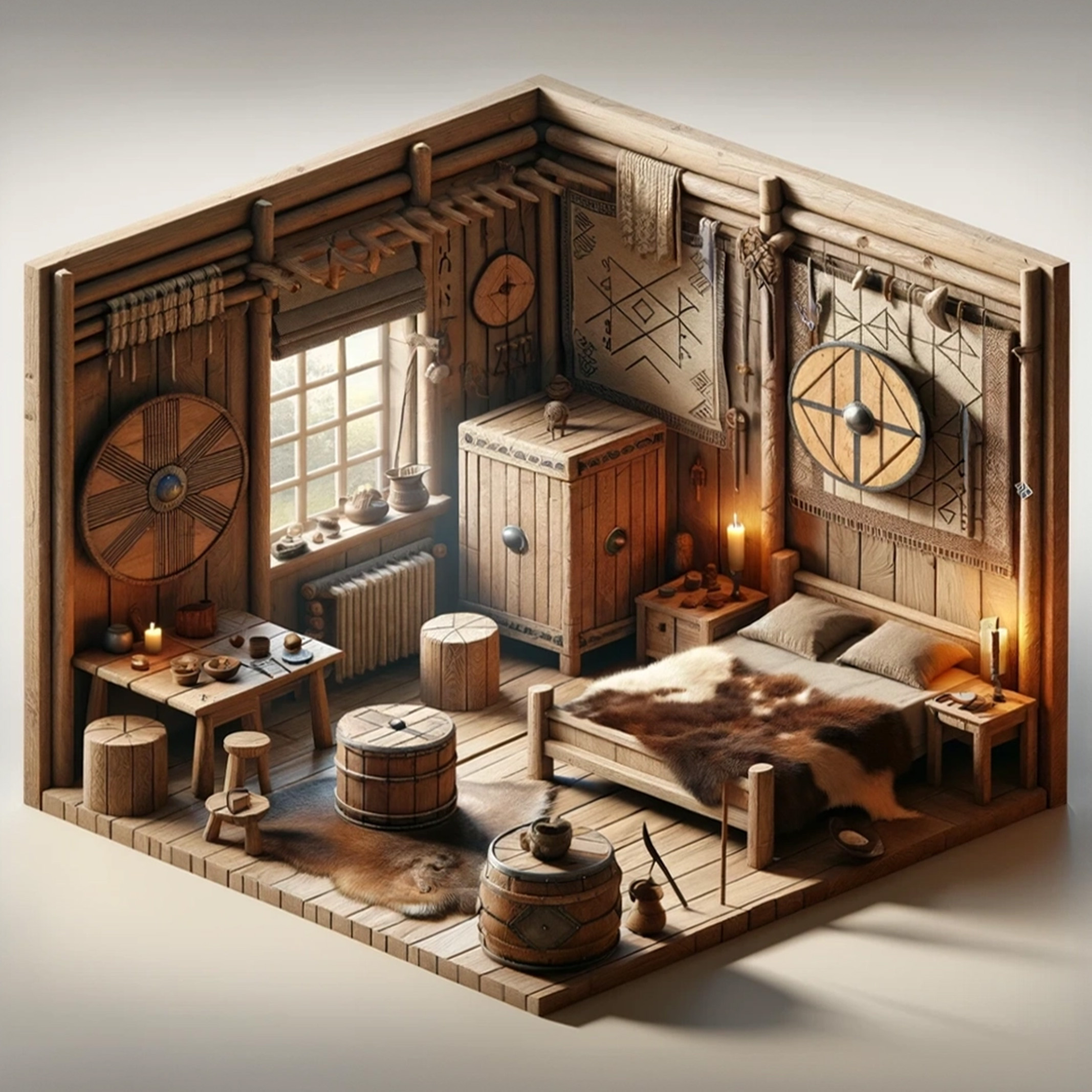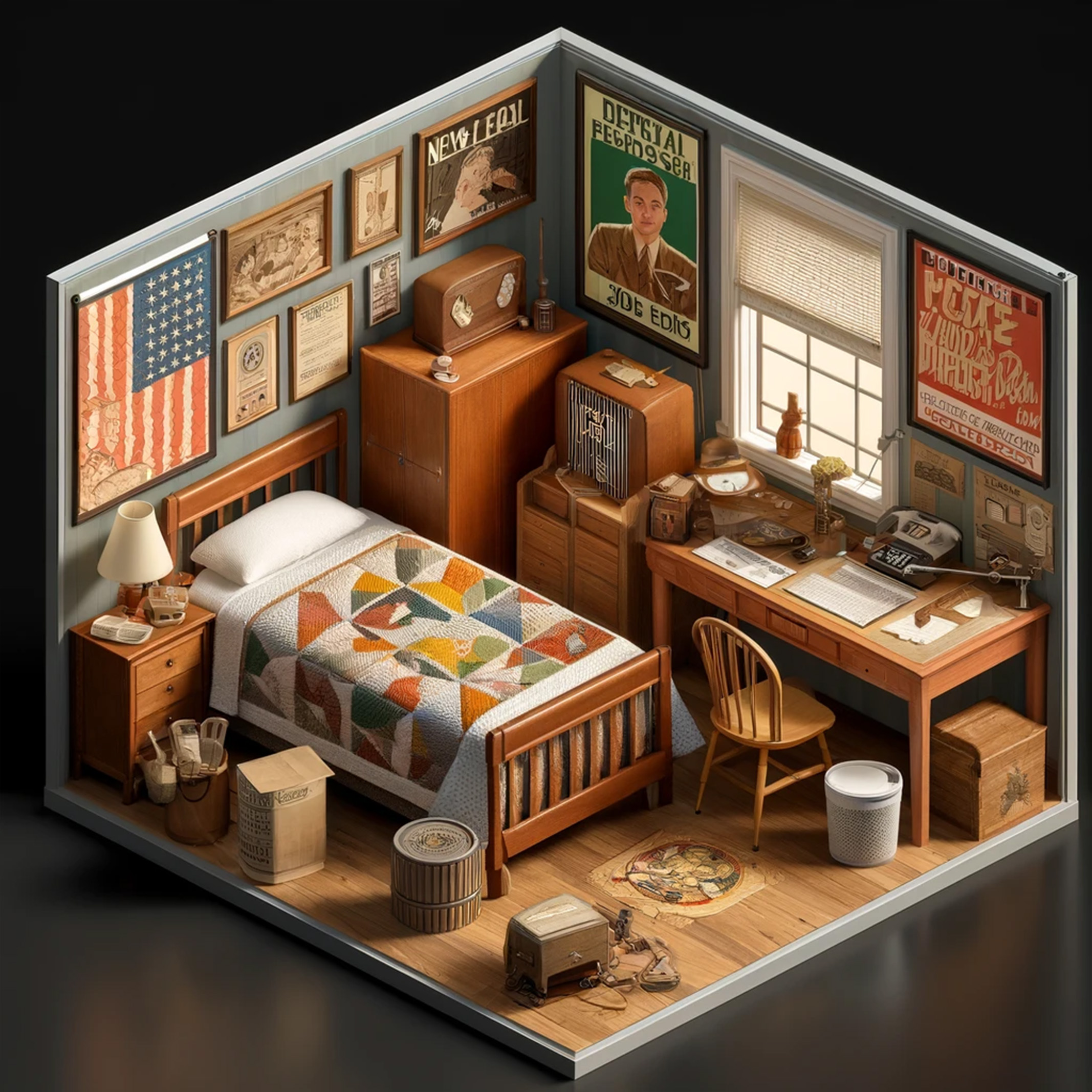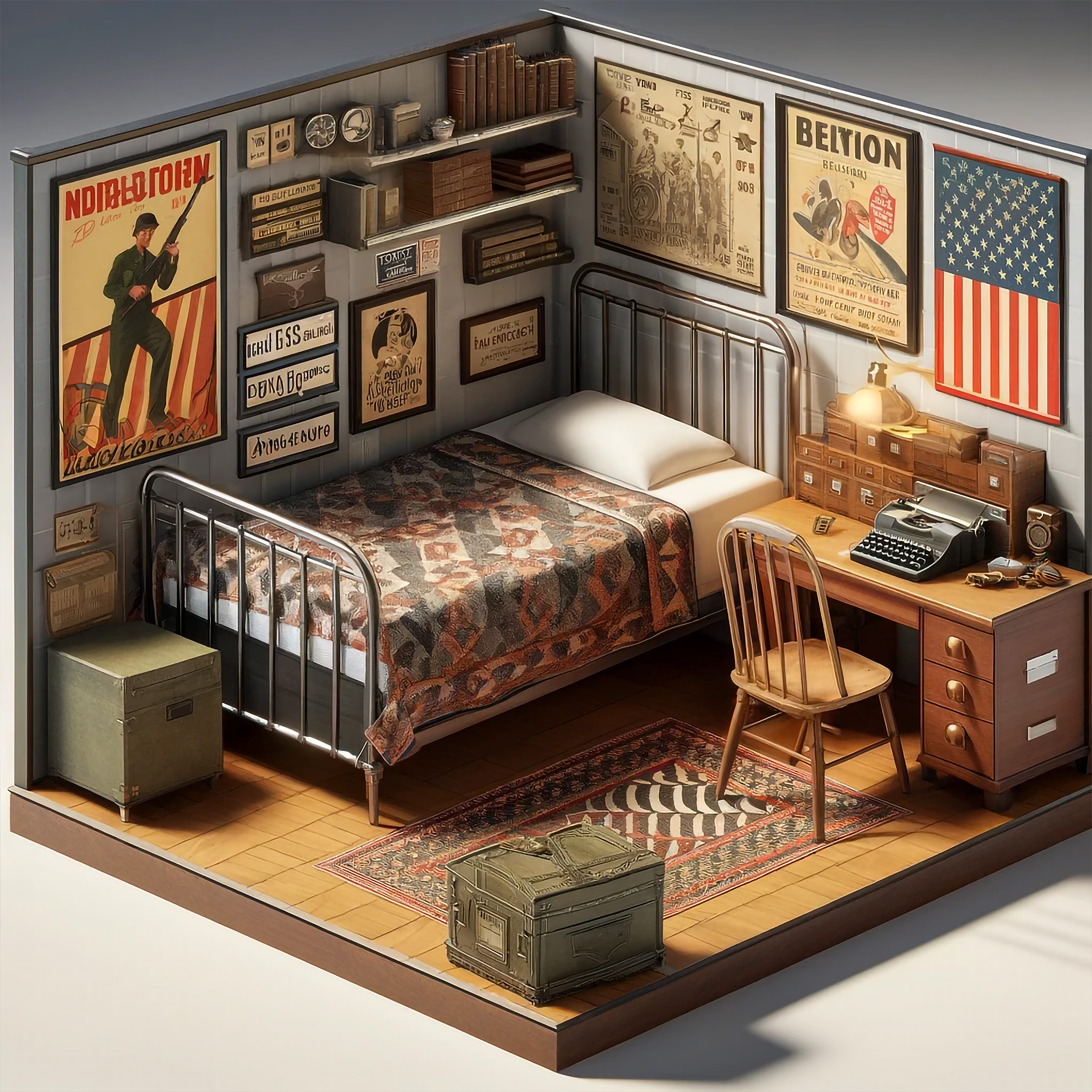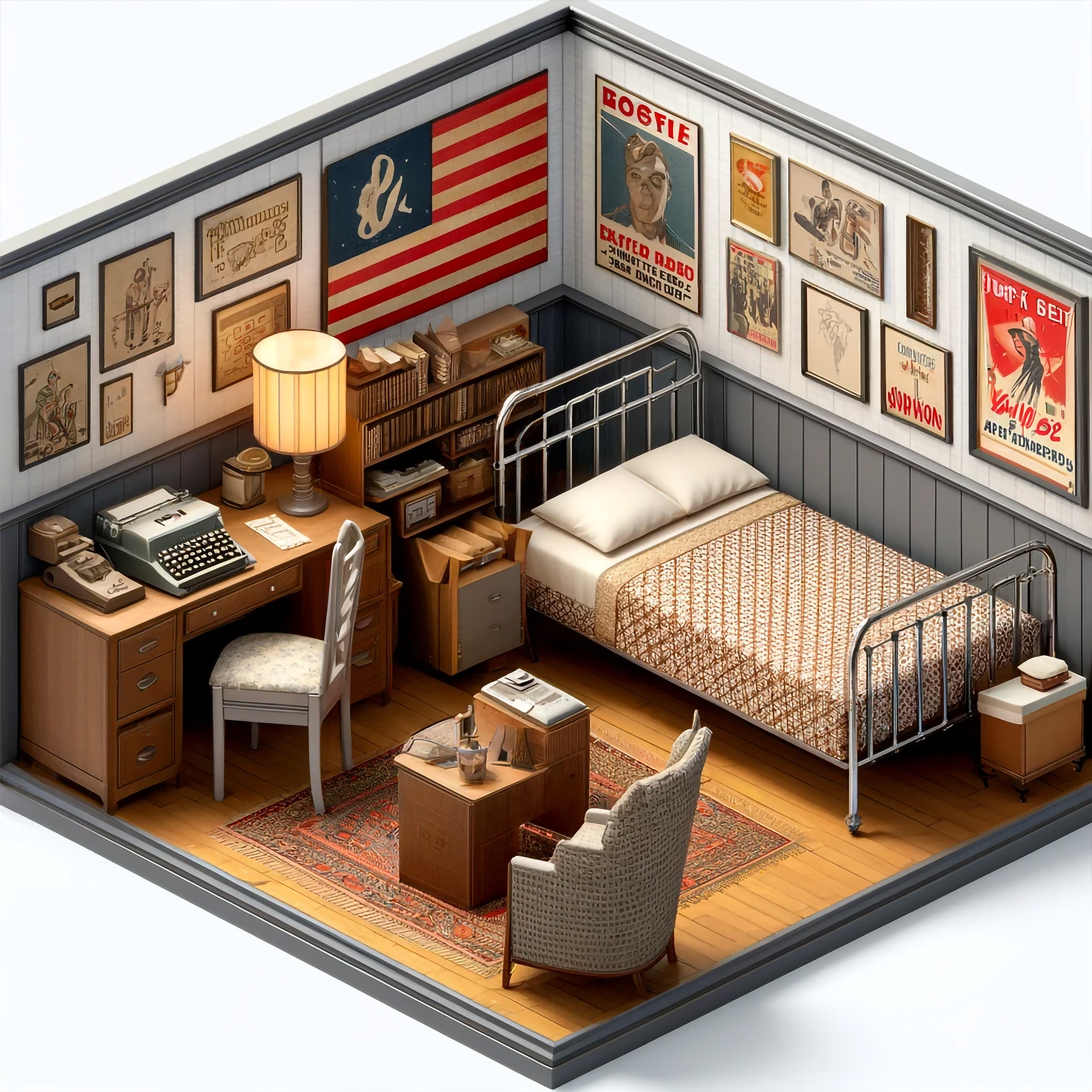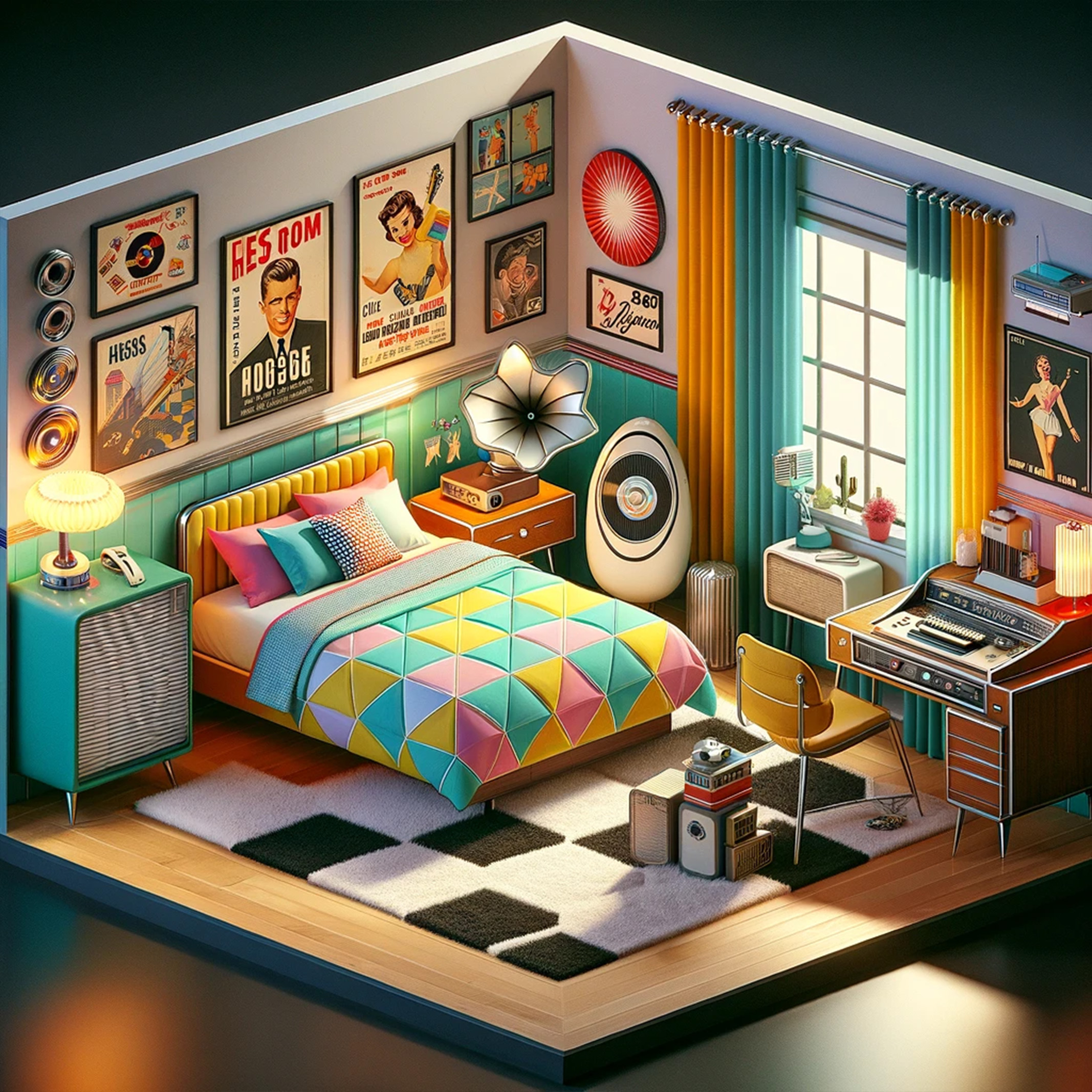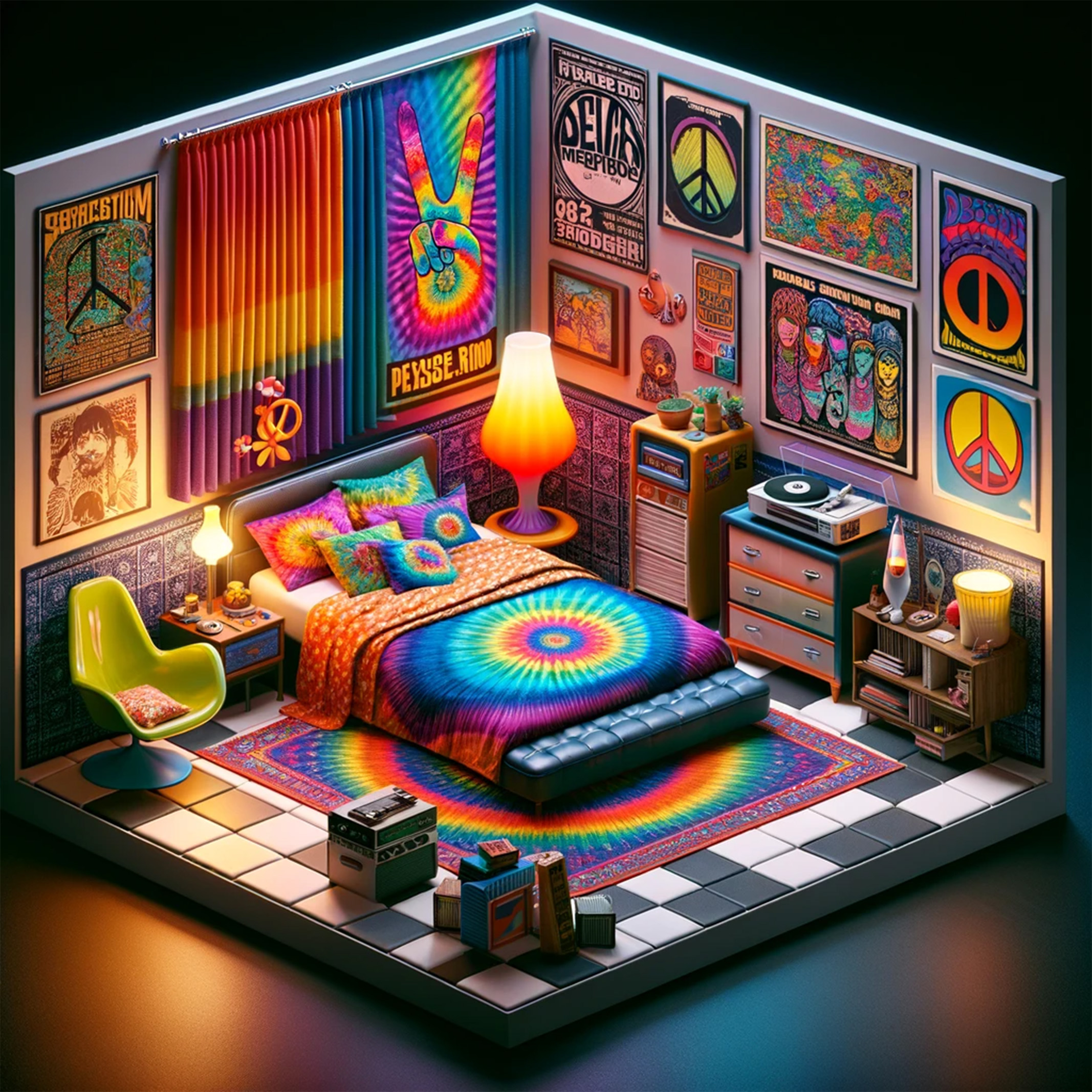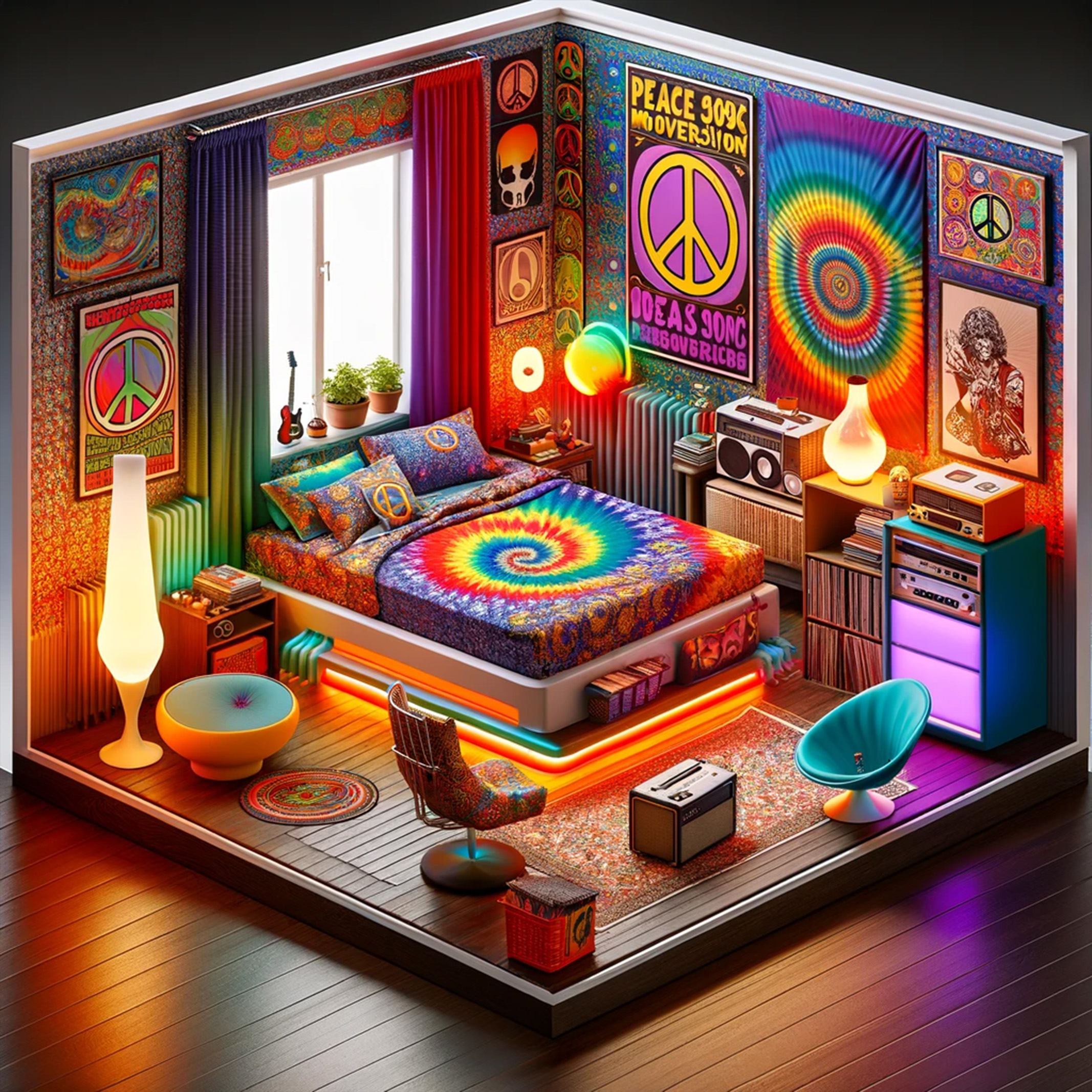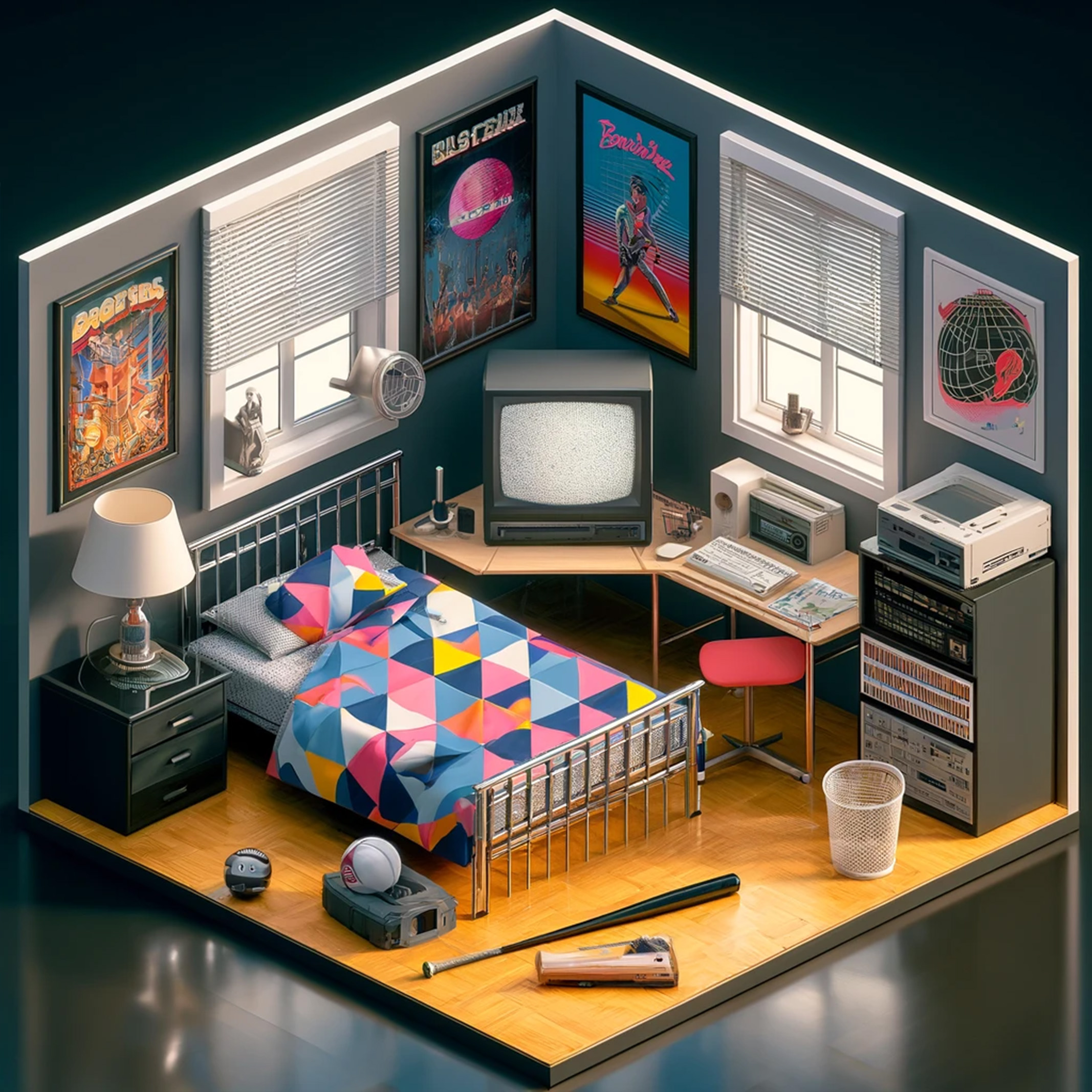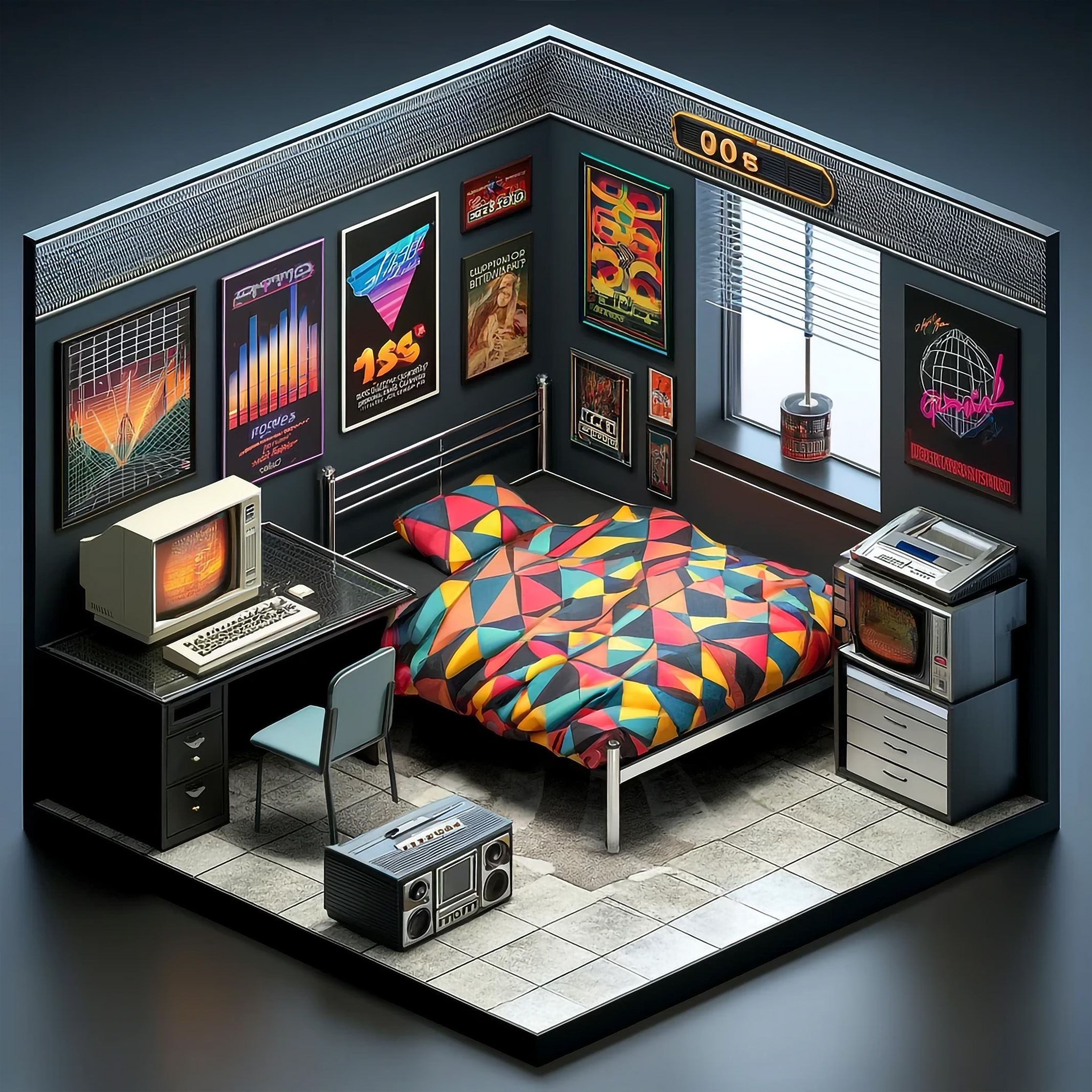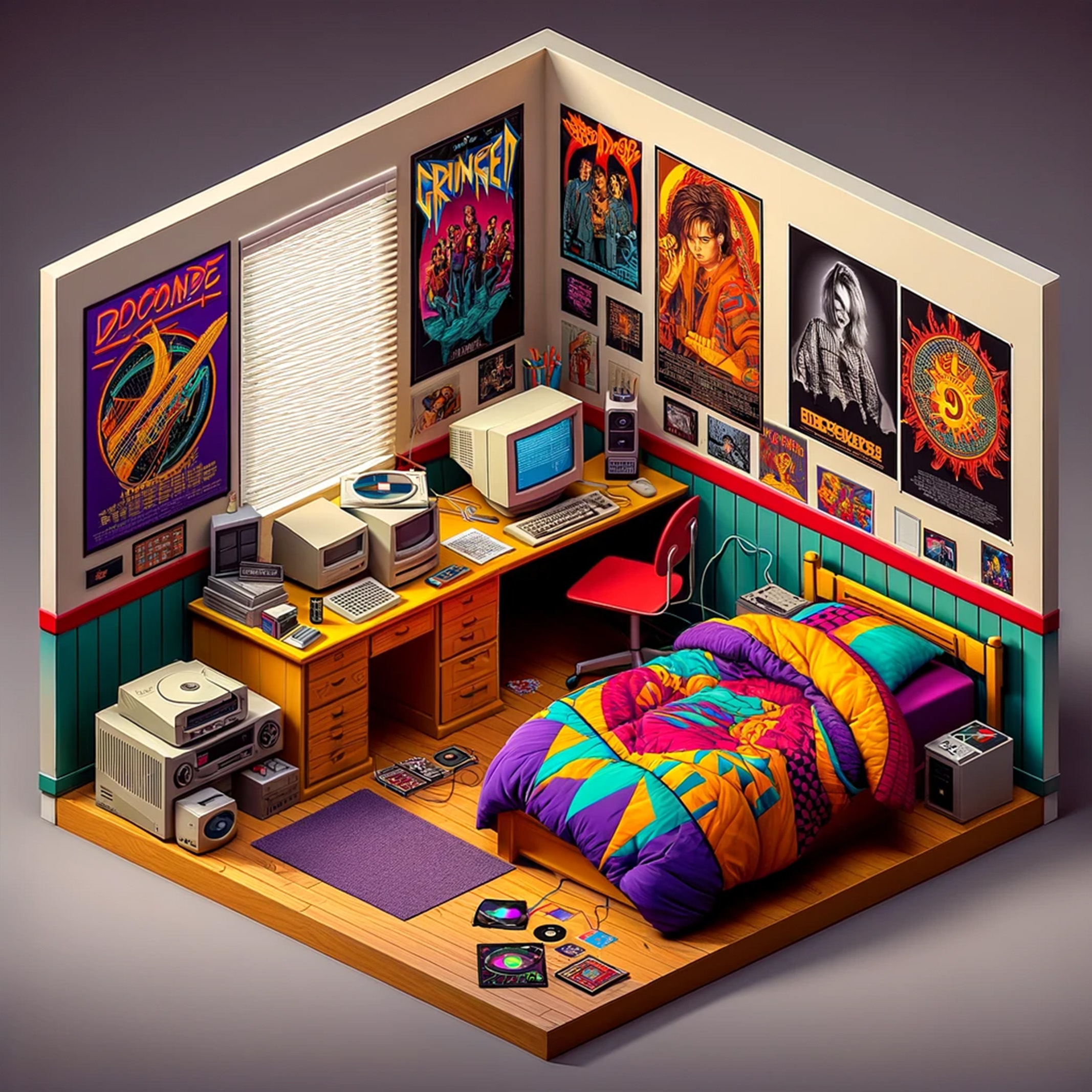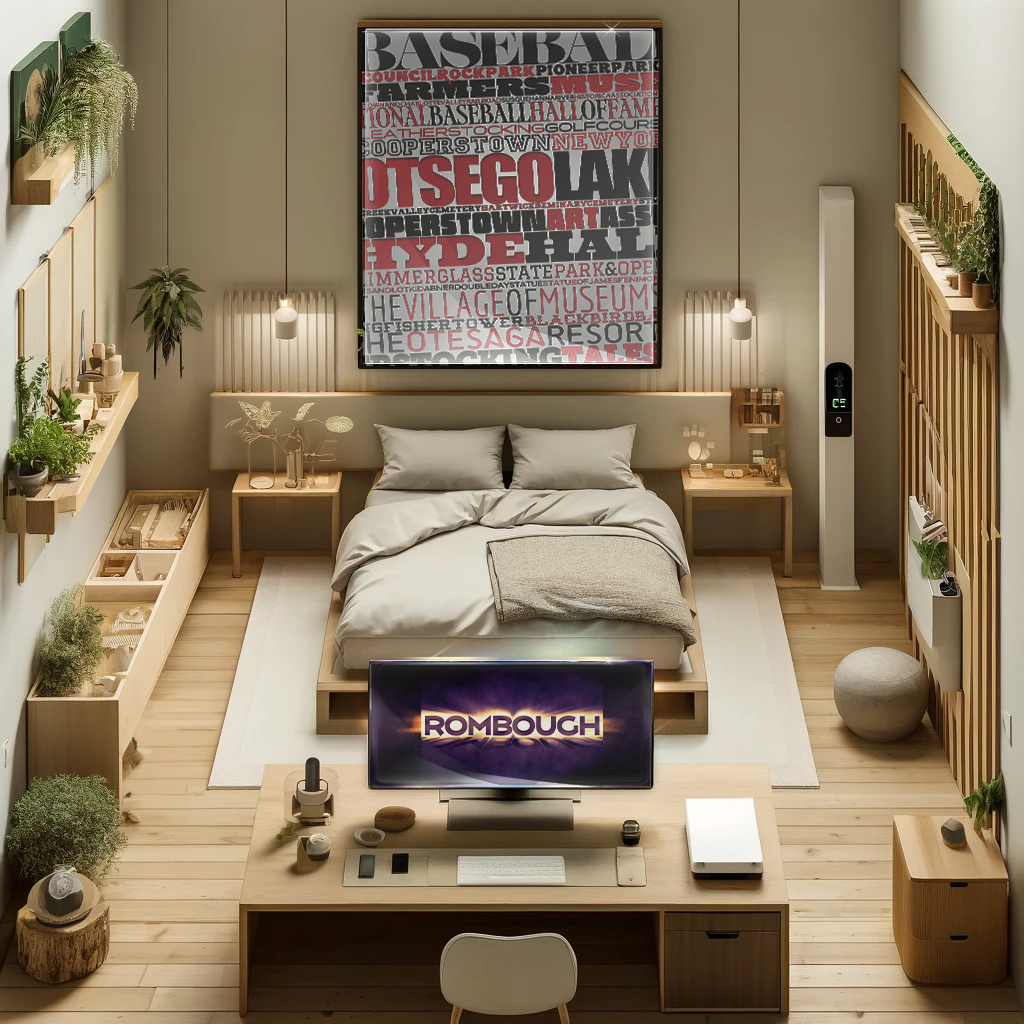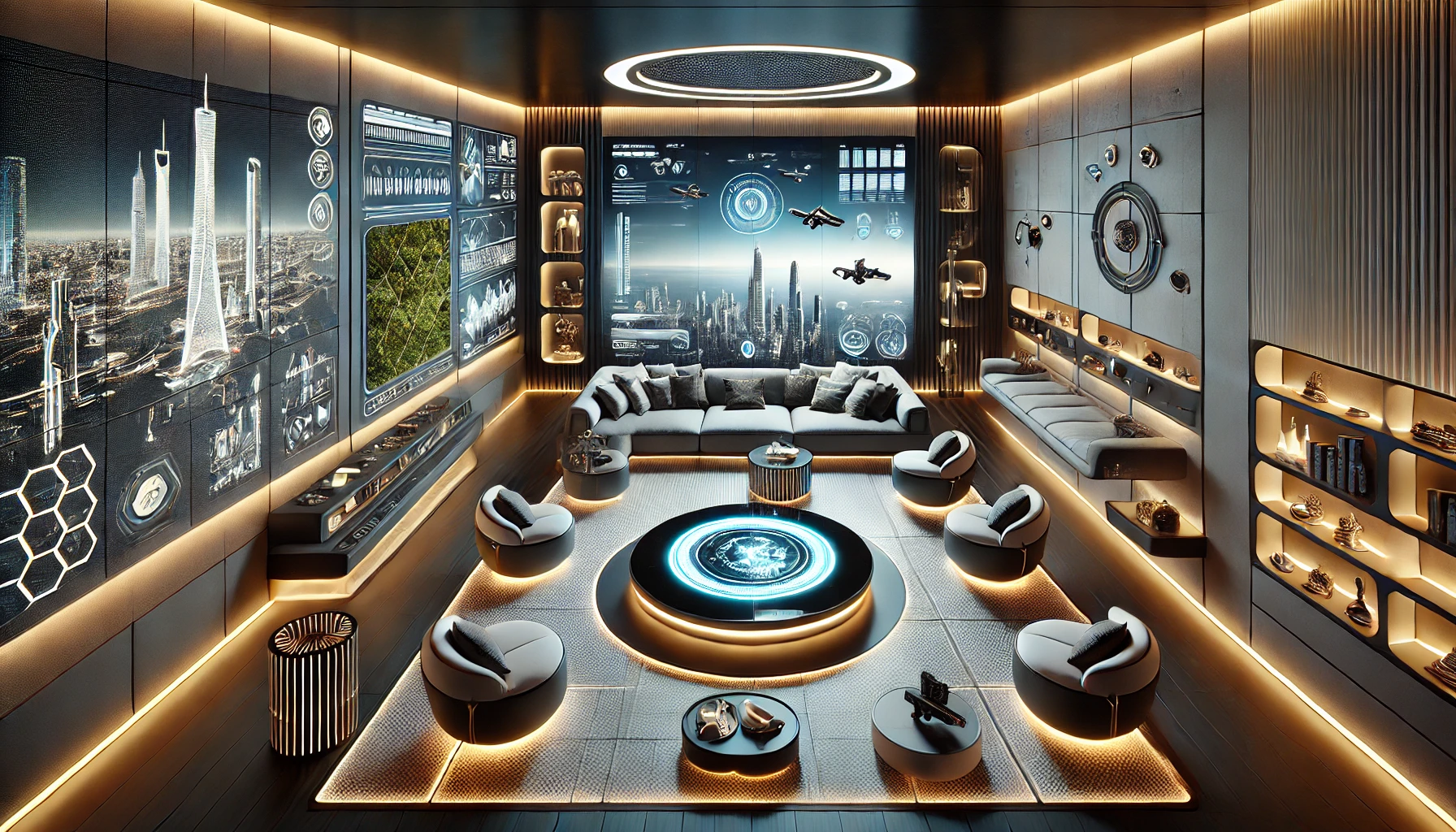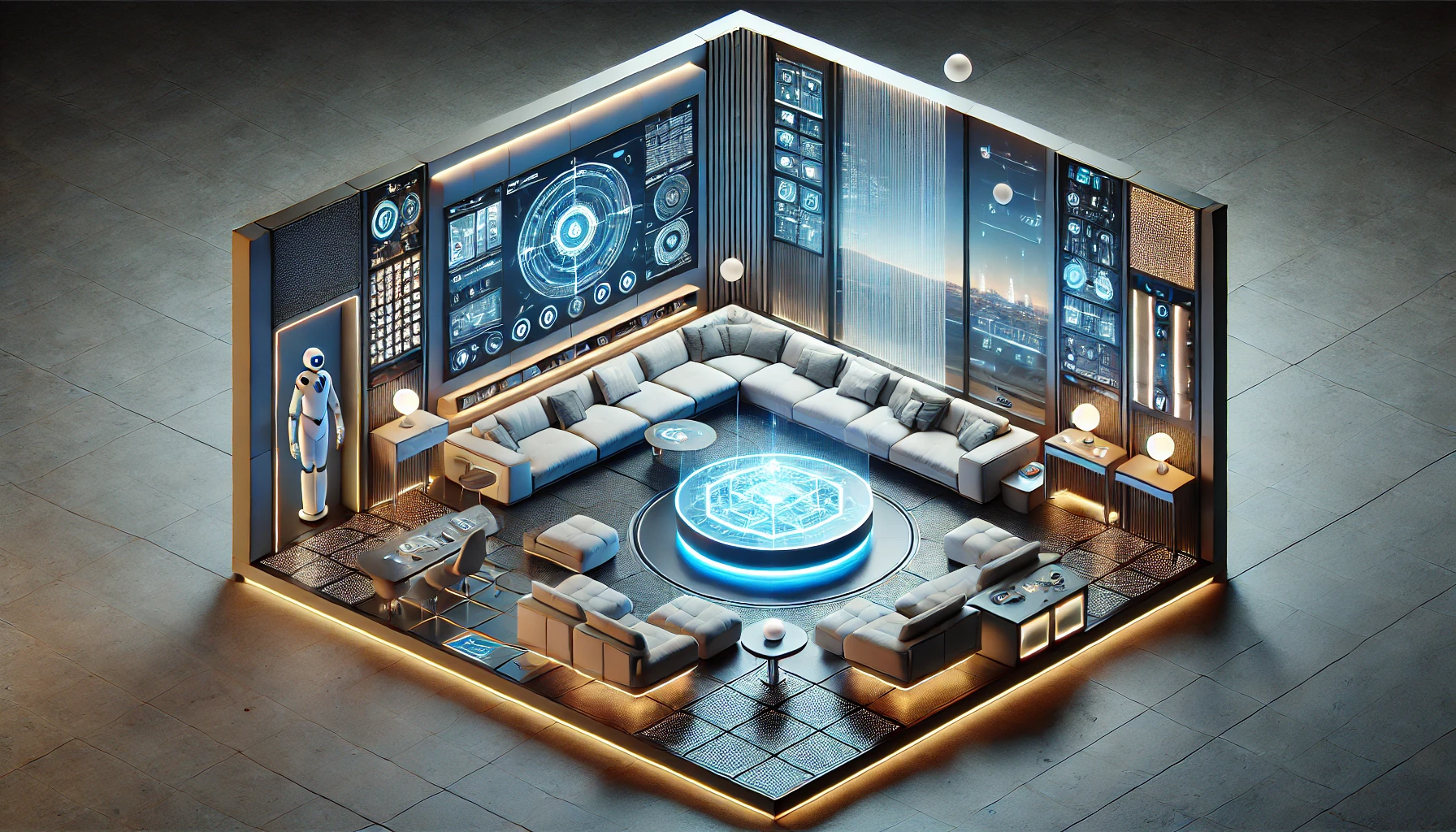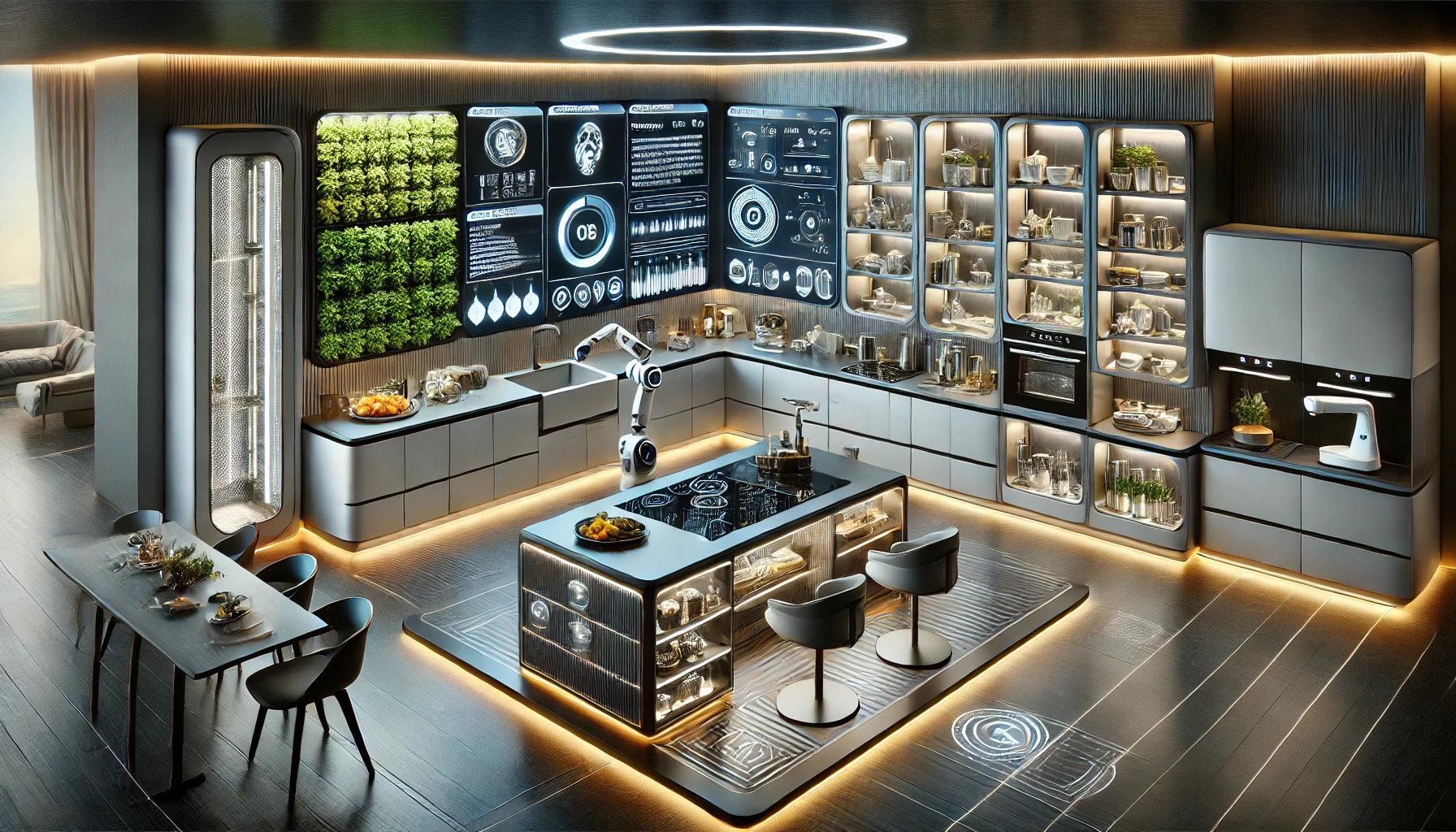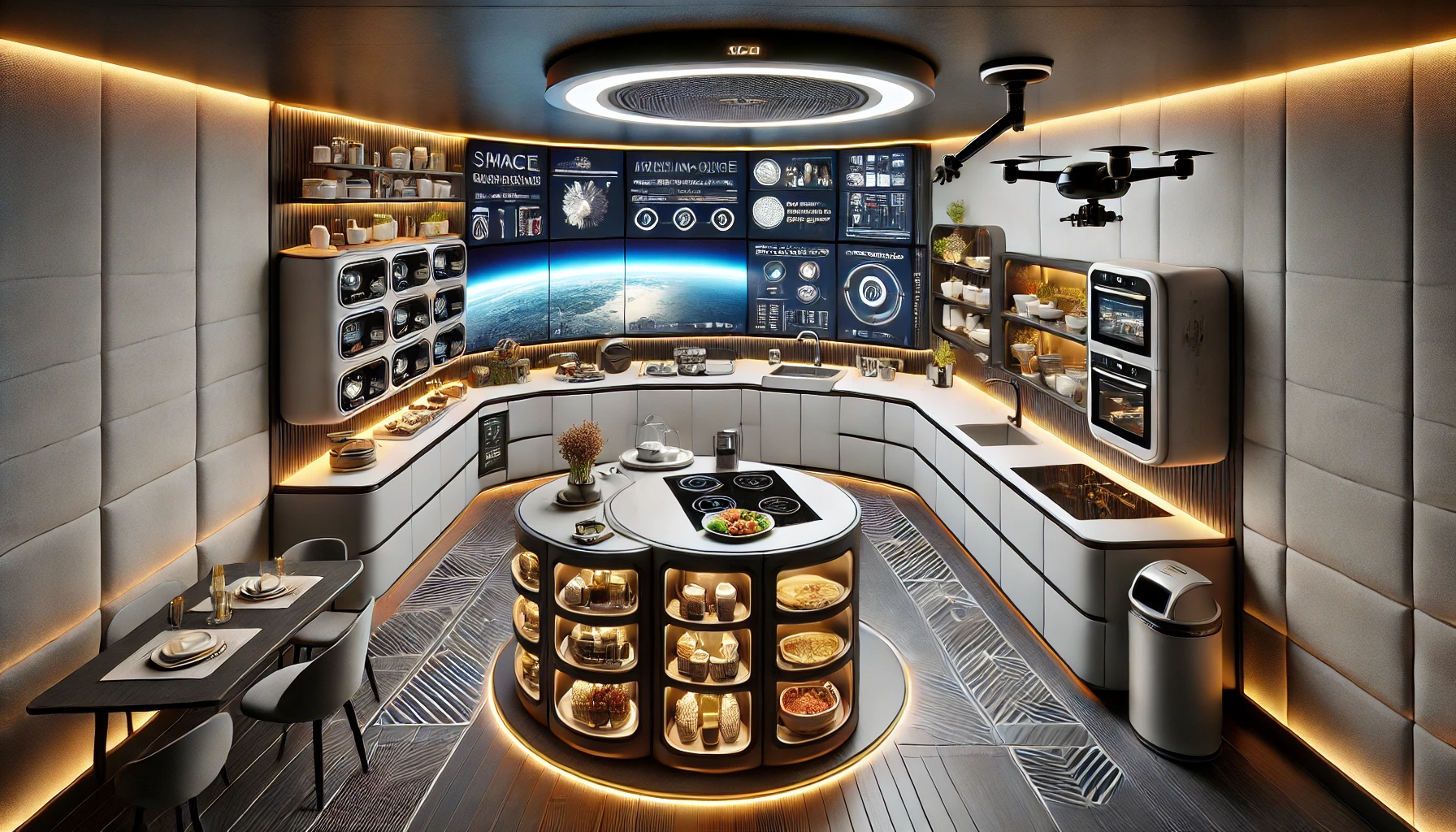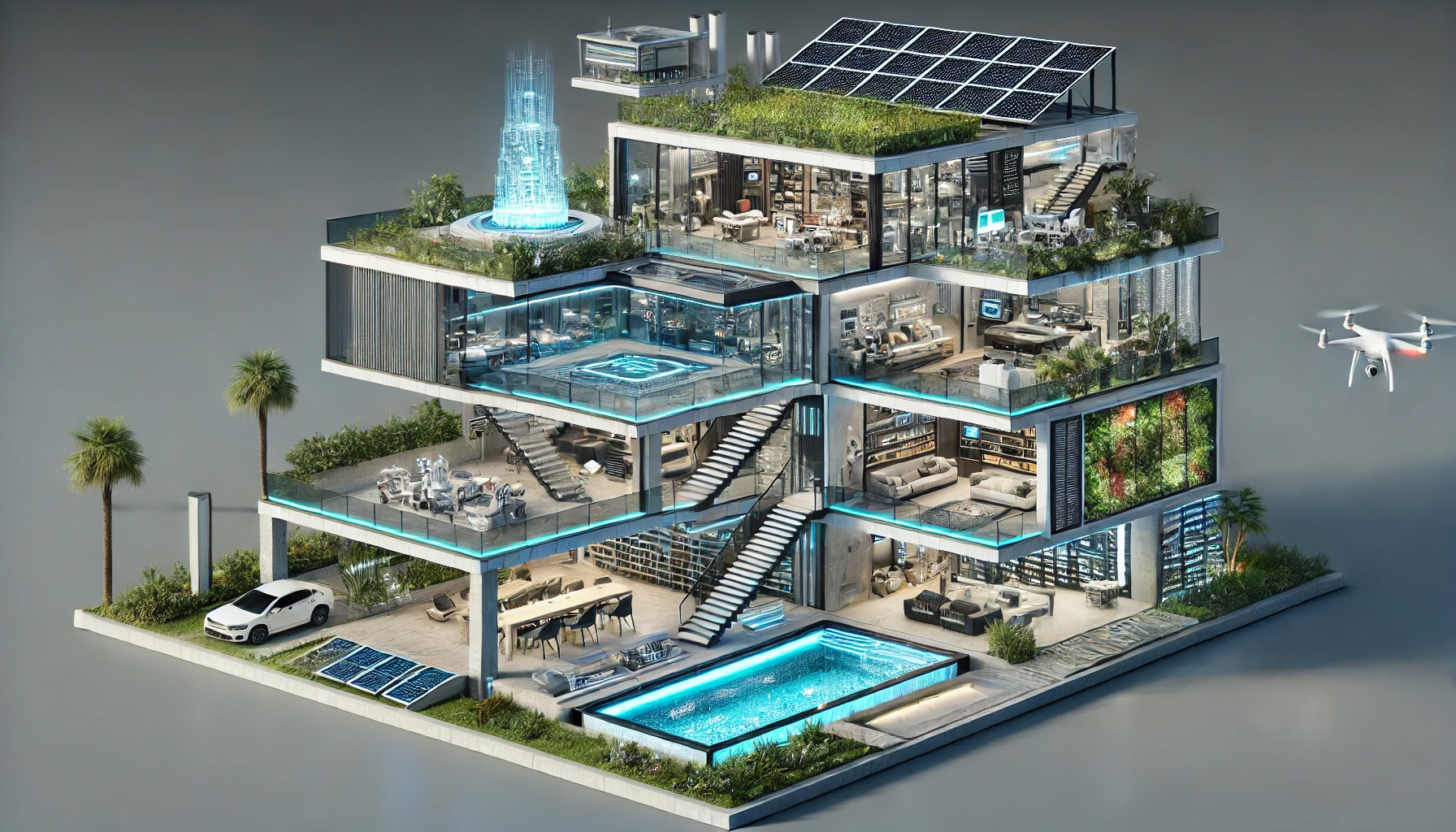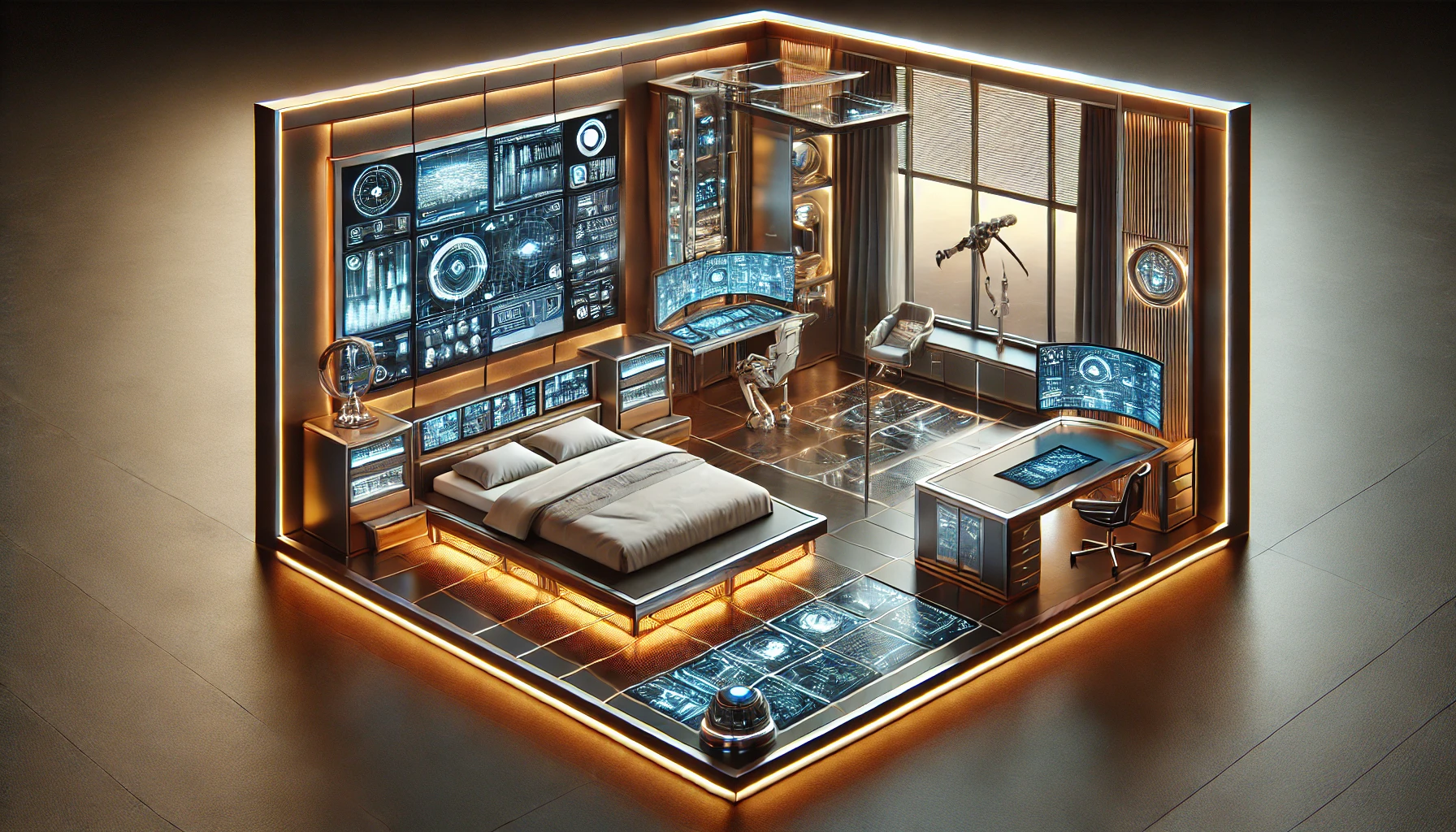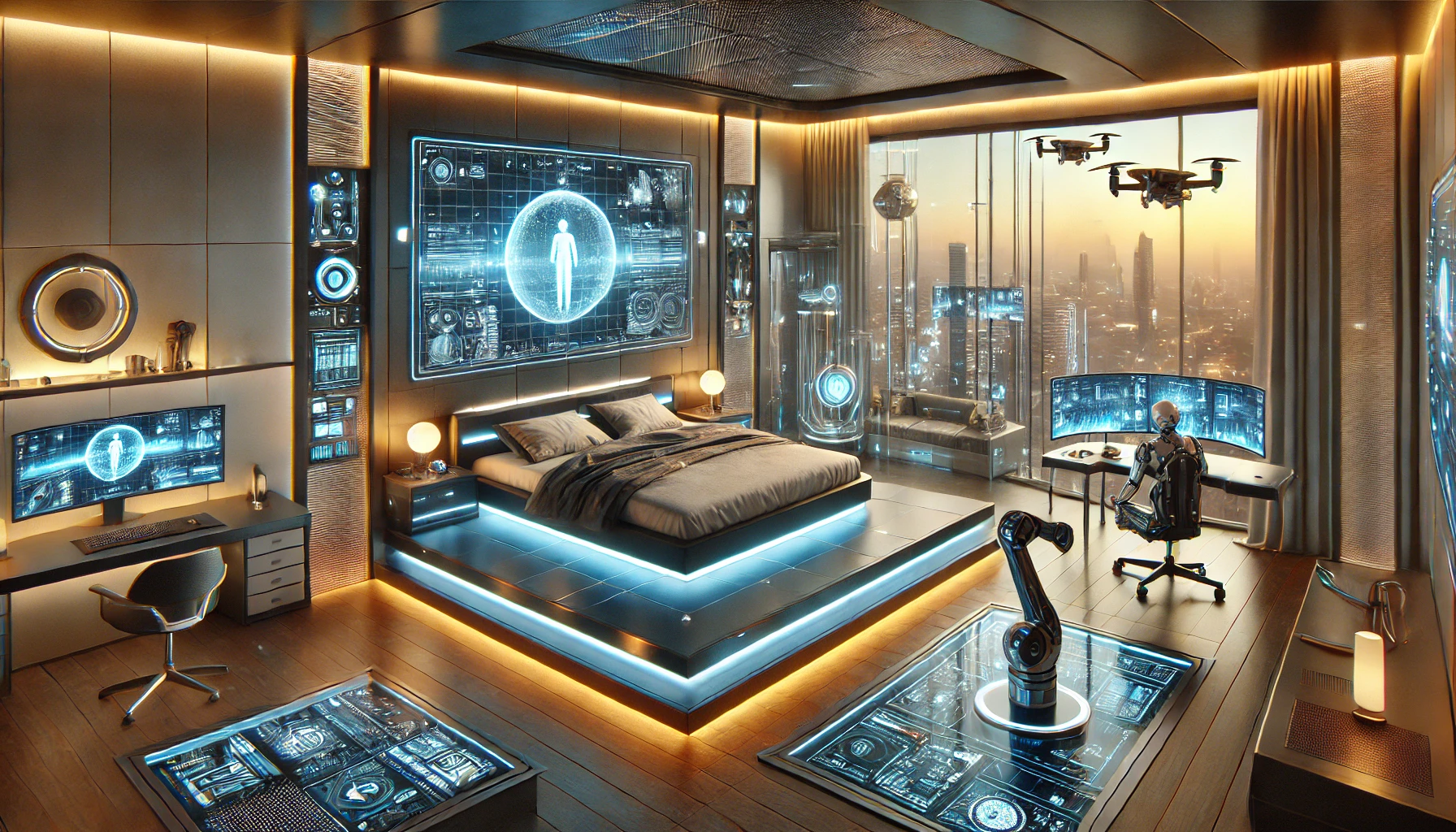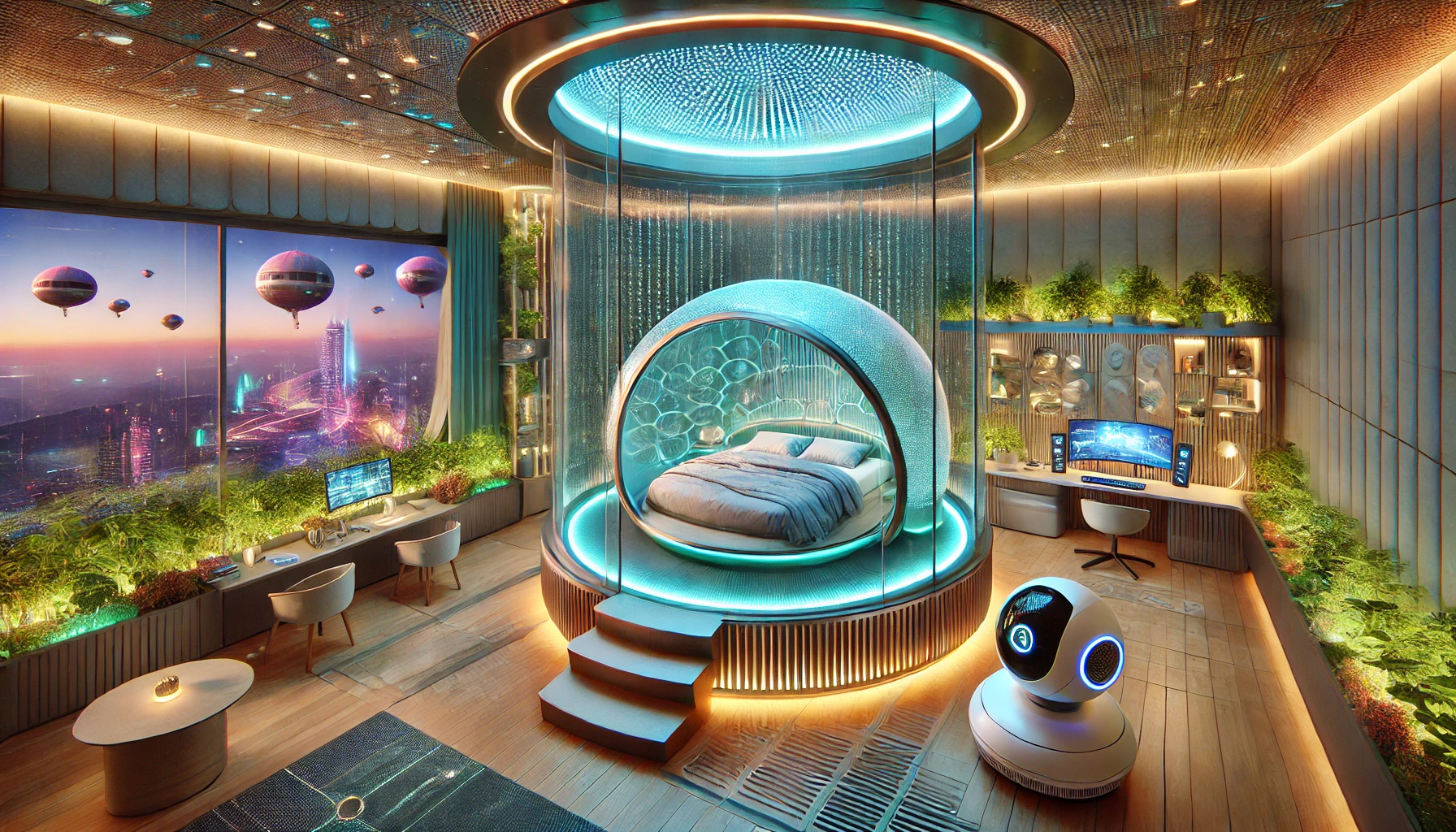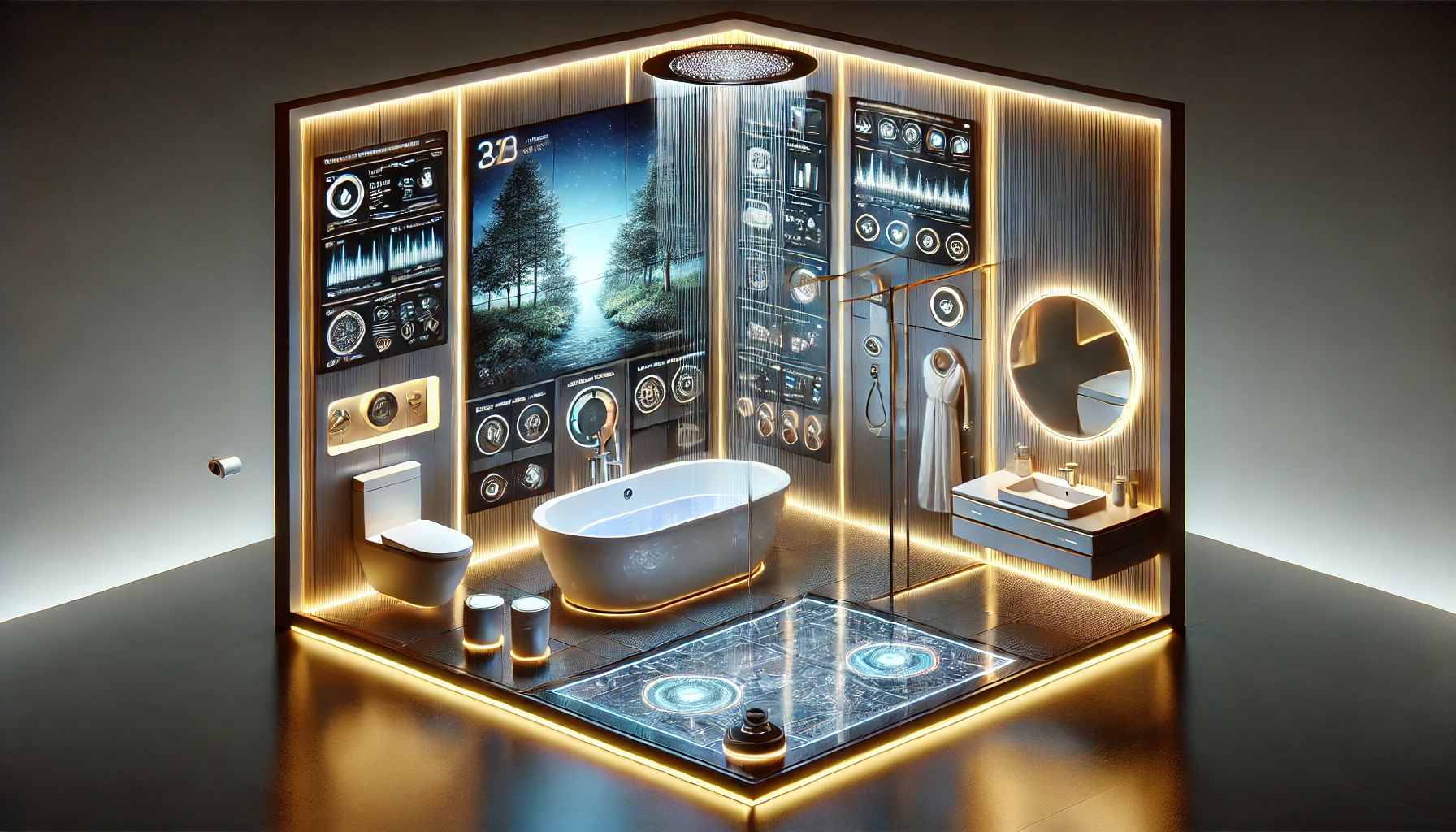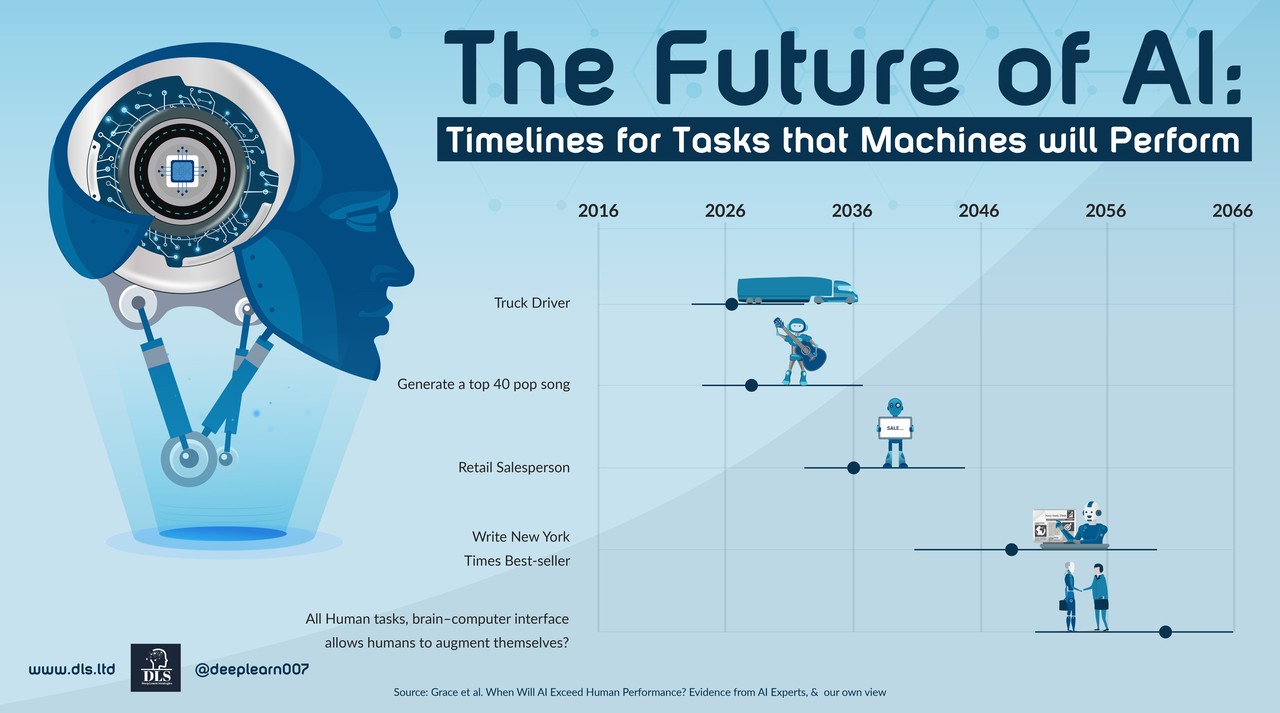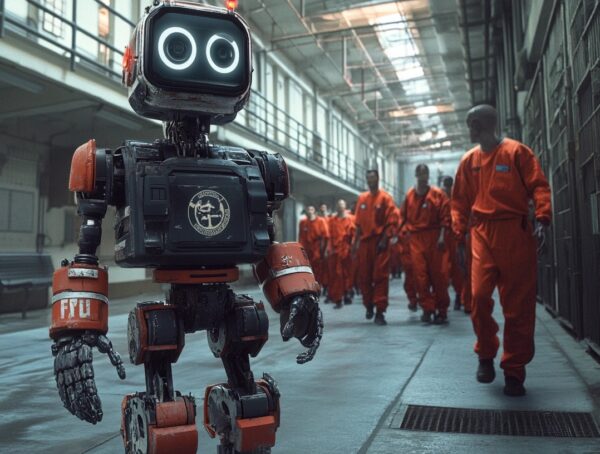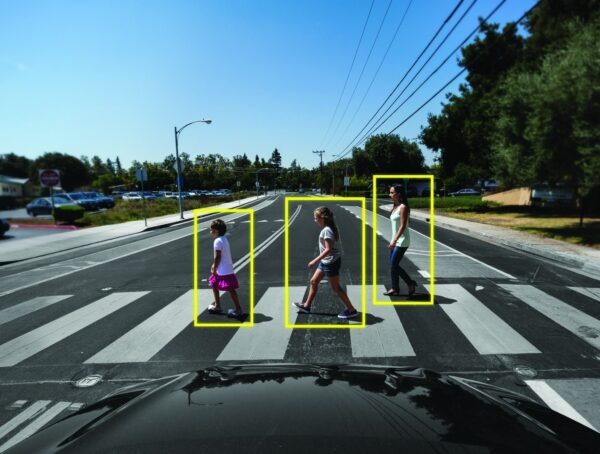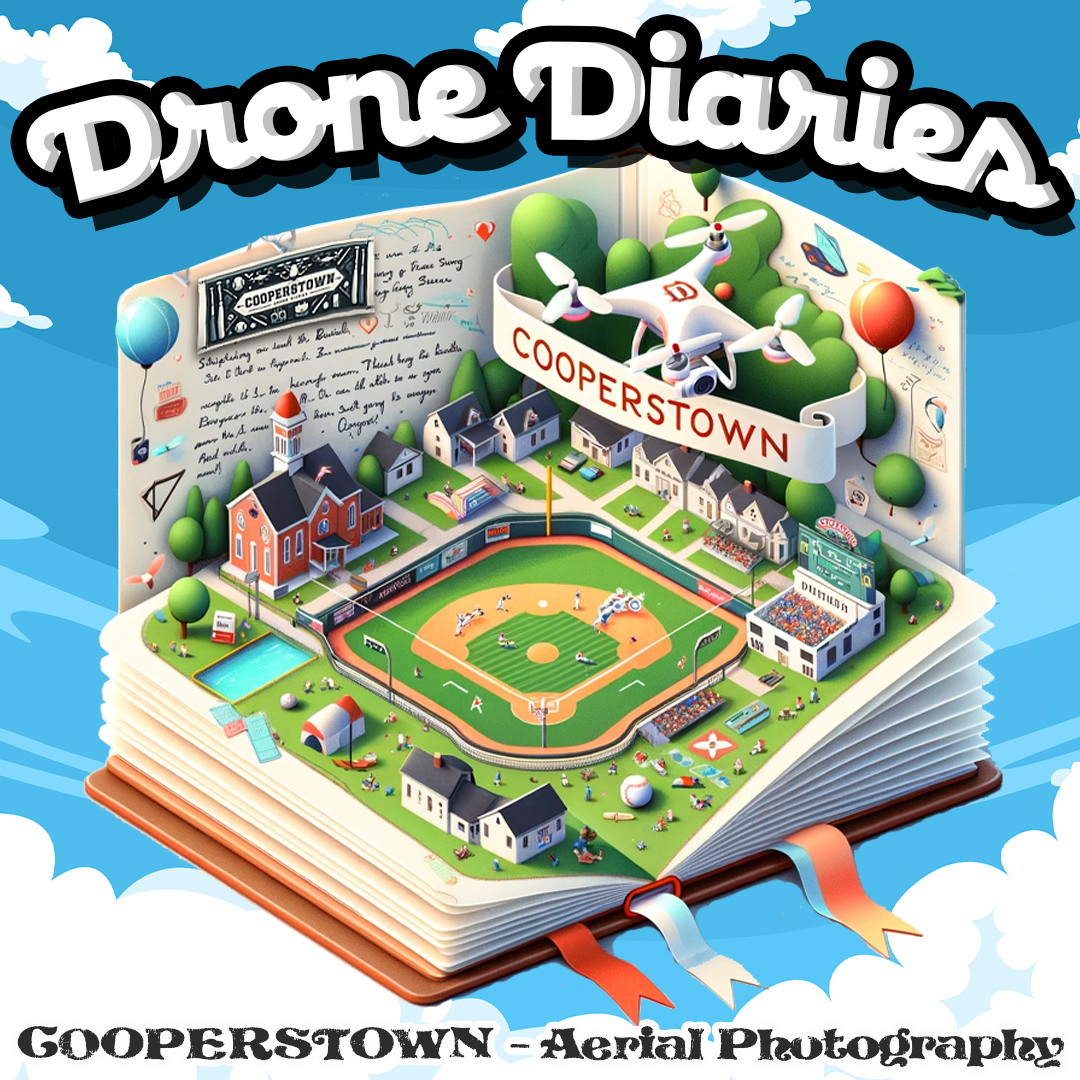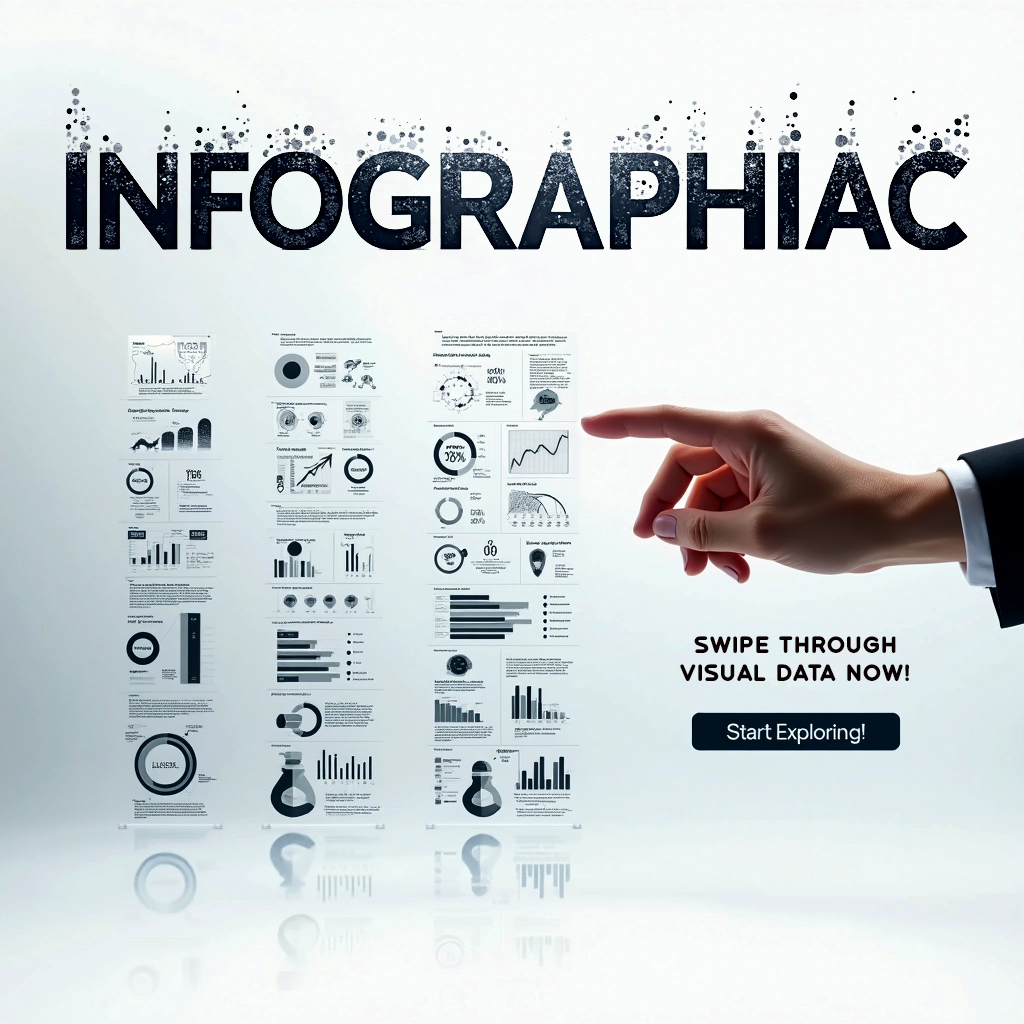TL;DR Summary:
AI can recreate historical and futuristic room designs by analyzing patterns from vast datasets, blending cultural artifacts, and generating interpretations. From medieval bedrooms to futuristic smart homes, AI reflects collective memory and projects sustainable, tech-integrated living spaces for the future. While AI excels at identifying trends and creating plausible designs, it often lacks the emotional nuance of human creativity. As AI transforms industries and redefines possibilities, the challenge lies not in its capabilities but in how humanity adapts to this evolving partnership.
Imagine this: you ask an AI to create a bedroom from the 1980s. Instantly, it conjures a space with pastel walls, wood paneling, maybe even a Walkman tossed on the bedside table. But here’s the twist—this isn’t just a random guess. The AI is stitching together patterns from vast datasets, much like how our own brains assemble memories. And while the result reflects a version of the past, it also holds up a mirror to how we—and the machines we’ve built—interpret history.
The Brain and AI: Converging on Understanding
The human brain and AI are both pattern-recognition systems, albeit wildly different in origin. Our brains, shaped by evolution, are organic neural networks, designed to extract meaning and survival-critical patterns from a chaotic world. AI, on the other hand, is an artificial construct, built by humans to do something remarkably similar: detect patterns, process them, and use them to generate predictions or outputs.
When you picture a 1980s bedroom, your brain doesn’t retrieve a photo; it builds a scene from patterns—pastels, wood paneling, a Walkman—based on memory and culture. AI works the same way. It doesn’t recall a single image but pieces together elements from a vast dataset, crafting a vision based on probabilities. Both systems break down complex ideas into parts, reassembling them in context to create something that feels real.
How AI Visually Perceives our History
AI’s Take on 800s–1500s Interiors
Ask an AI to “create a bedroom from the 1500s,” and it doesn’t recreate history—it guesses. By blending patterns from art, architecture, and cultural artifacts, it constructs an impression. Not a perfect replica, but a statistical glimpse—a patchwork of the past, reimagined by algorithms.
Behind the scenes, AI processes a staggering amount of visual and contextual data to make sense of how architecture, furniture, and even lighting evolved over centuries. It doesn’t merely “copy” history but draws from probabilities, mapping together the most likely features of the time.
These rooms reflect not just what history looked like but how AI interprets and reimagines it based on cultural “DNA” embedded in its training. It’s an interaction between technology and our collective memory, giving us a lens to explore the gaps between fact and artistic imagination.
1920s to 1950s: AI’s Take on Design
AI’s take on the 1920s and 1930s shows the contrast between optimism and struggle. For the 1920s, it crafts Art Deco-inspired spaces—bold geometric patterns and metallic accents celebrating industrial progress and post-war joy. By the 1930s, designs become muted and practical, reflecting the harsh realities of the Great Depression.
Moving into the 1940s and 1950s, AI captures resilience and renewal. Wartime spaces of the 1940s are functional and resourceful, while the 1950s embrace vibrant mid-century modern design, signaling recovery and forward-looking optimism. These rooms become cultural snapshots, blending survival with creativity.
How AI Sees the 1960s to 2000s
When tasked with recreating rooms from the 1960s to the 2000s, AI crafts a journey through cultural memory and design. The 1960s emerge in vibrant psychedelia, with tie-dye and peace symbols, while the 1980s glow with geometric bedding, boxy electronics, and neon nostalgia. Each room isn’t a photo but a tapestry of cultural artifacts, blending aesthetics with technological shifts.
AI builds these spaces through patterns, not objects—recognizing colors, layouts, and styles from films, ads, and catalogs. It places items with purpose, like turntables near beds or computers on desks, creating a visual hypothesis of each decade. Through these reconstructions, AI doesn’t just reflect history; it reveals how data has shaped our collective memory.
AI’s Vision for Tomorrow’s Bedrooms
AI envisions future bedrooms as seamless integrations of technology, design, and sustainability. These spaces feature interactive smart walls, holographic displays, and adaptive lighting that intuitively respond to user needs. Sustainability is woven into the design with integrated greenery, while health is prioritized through biometric monitoring systems.
Personalized dashboards streamline control and entertainment, reflecting AI’s interpretation of modern trends like minimalism and customization. These bedrooms are not just futuristic—they’re a blend of innovation and human values, offering a glimpse into how technology will redefine comfort and functionality in our living spaces.
The Futuristic Home Through AI’s Lens
AI envisions future homes as seamless blends of technology, luxury, and sustainability. Intelligent systems manage solar panels, climate zones, and interactive living spaces with holographic displays and adaptable furniture. Kitchens feature AI-powered appliances and drones for precision and efficiency, while vertical gardens and eco-friendly materials emphasize harmony with nature.
Bathrooms and bedrooms reflect personalized luxury, with spa-like designs, holographic walls as health monitors, and adaptive fixtures. Bedrooms offer biometric sensors, interactive walls, and smart lighting tailored to relaxation and productivity. AI’s vision transforms homes into responsive, sustainable ecosystems designed to enhance every aspect of modern living.
AI Envisions Cities of our Future: a Green Urban Future
AI imagines future cities as vibrant green ecosystems where technology and nature blend seamlessly. Skyscrapers are wrapped in vertical gardens and linked by lush walkways, transforming urban spaces into hubs of sustainability and well-being. Renewable energy drives these cities, with solar panels, wind turbines, and urban forests woven into their infrastructure to tackle pollution and climate change.
These cities are not just greener—they’re smarter. AI envisions managing resources, transportation, and waste to build self-sustaining communities. Hydroponic farms and advanced water systems enhance resilience, while every design choice prioritizes harmony with nature. It’s a future where technology amplifies the environment, creating cleaner, healthier urban spaces.
The Intersection of AI and Human Creativity
These cities are greener and smarter. AI manages resources, transportation, and waste to create self-sustaining communities. Hydroponic farms and advanced water systems ensure resilience, blending technology and nature for cleaner, healthier urban spaces.
The Future of AI: Timelines for Tasks that Machines Will Perform
The infographic explores various milestones where AI is anticipated to surpass humans in performing particular tasks, presented as a timeline from 2016 to 2066.
Key Tasks and Timelines:
1. Truck Driver (2036)
- AI could take over long-haul trucking, offering cost-efficient and automated solutions. This highlights a significant step in the transport and logistics sector.
2. Generate a Top 40 Pop Song (2026)
- AI might compose music sophisticated enough to make it onto the charts, revolutionizing the music industry with data-driven creativity.
3. Retail Salesperson (2046)
- AI could handle retail sales effectively, indicating advancements in customer service automation and personalized shopping experiences.
4. Write a New York Times Best-Seller (2066)
- AI is projected to write novels capable of achieving literary acclaim, demonstrating its growing potential in storytelling and creative writing.
Future Implications:
1. All Human Tasks and Brain-Computer Interface
- A profound prediction that AI, integrated with brain-computer interfaces, could augment human abilities, enabling symbiosis between humans and machines.
2. General Insights
- The infographic emphasizes AI’s progression across creative, operational, and intellectual domains, highlighting its growing influence on human-centric industries.
- Questions arise about how humans will adapt to or collaborate with AI as these capabilities evolve.
When envisioning the future, AI speculates, projecting trends like sustainability and technology. It imagines smart glass walls, vertical gardens, and interconnected systems, reflecting modern values. Yet, these visions often lack the emotional depth of human creativity, creating plausible but impersonal designs.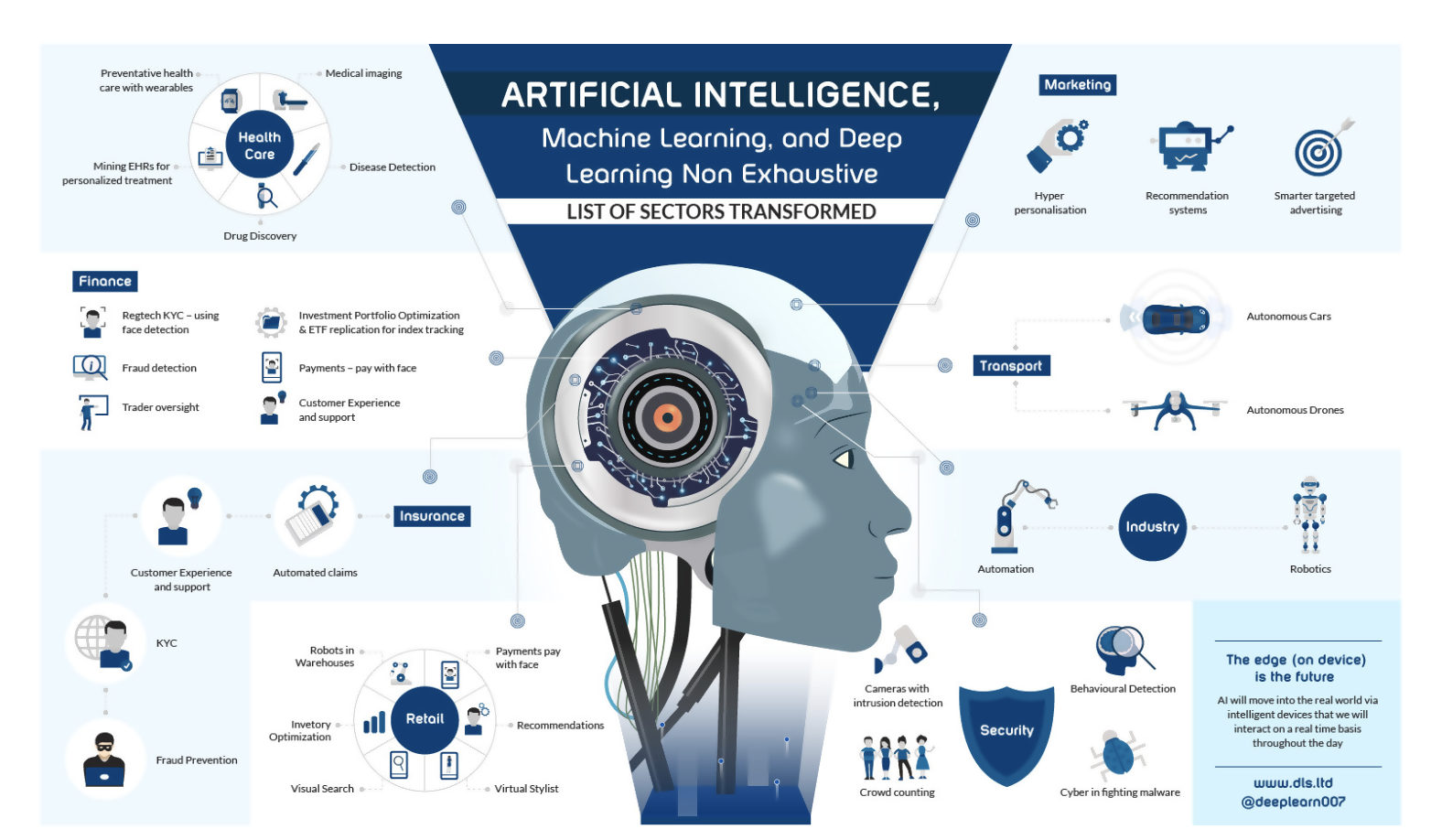
Artificial Intelligence: Shaping Our World
AI isn’t just some distant concept; it’s here and reshaping industries in ways you might not even realize. From healthcare to security, finance to retail, AI and machine learning are diving deep into the core of how we live and work. But how does this transformation actually play out?
Health Care: Smarter Healing
AI steps in where precision is critical. Imagine detecting diseases through medical imaging, mining electronic health records for personalized treatments, or even discovering new drugs faster than ever. Wearable devices that predict potential health risks are no longer science fiction—they’re quietly revolutionizing preventive care. AI is taking our understanding of health and turbocharging it with data-driven insights.
Finance: Crunching Numbers, Spotting Fraud
Here, AI has its finger on the pulse. It’s monitoring traders for oversight, optimizing portfolios, and even enabling payments with just a face. But it doesn’t stop there—fraud detection and customer support are being handled more efficiently than ever. AI ensures that your finances stay secure while saving time for everyone involved.
Insurance: Streamlined and Secure
AI simplifies insurance with automated claims processing and fraud prevention. It’s like having a hyper-aware system that not only handles routine tasks but also watches for irregularities. Need support? AI-powered tools enhance the customer experience, making the process faster and easier.
Retail: Reinventing Shopping
Ever wished your favorite store just knew what you wanted? AI is making that happen. Virtual stylists, visual search capabilities, and inventory optimization are transforming retail into a tailored experience. Robots in warehouses? They’re already ensuring your next-day deliveries arrive on time, while facial recognition payments might soon replace your wallet entirely.
Security: Eyes Everywhere
From behavioral detection to cyber-malware defense, AI is redefining safety. Intrusion detection cameras and crowd-counting systems create layers of surveillance and prediction, keeping both digital and physical spaces secure. It’s less about Big Brother and more about smarter systems keeping us protected.
Industry and Transport: Automated Efficiency
Robots and automation are revolutionizing manufacturing. AI isn’t just making industries faster—it’s making them smarter. In transport, autonomous cars and drones are no longer the future; they’re the now. These systems adapt in real-time, moving goods and people more efficiently than ever.
The Future is Edge AI
What does “Edge AI” mean? It’s about bringing intelligence closer to us—on our devices. AI will seamlessly integrate into our daily lives, handling tasks in real-time as we interact with our surroundings. It’s not just about smarter devices; it’s about a more connected, dynamic world.
AI is no longer confined to tech labs; it’s woven into the fabric of our everyday lives, shaping industries and pushing boundaries. It doesn’t just think—it learns, adapts, and evolves. This isn’t just about machines doing human jobs; it’s about rethinking what’s possible. The question isn’t whether AI will change the world—it already is. The real question is: how will we keep up?
Didn’t Want to End Here, But This Could Be Reality Too
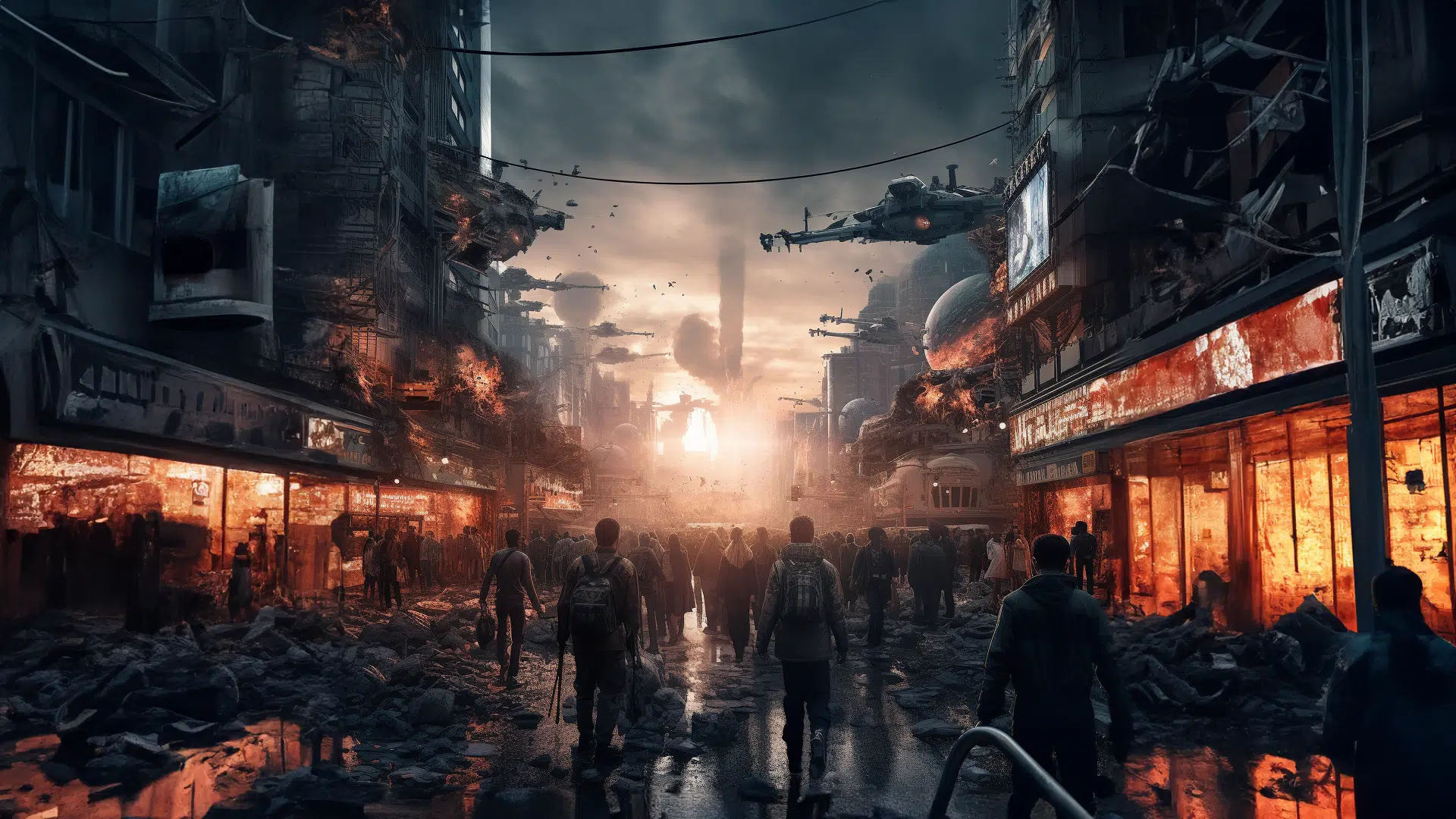
More from A.I.
Can You Tell If This Art Is Human or AI? Most People Can’t!
Once upon a time, art was the way humans flexed, a way to show off our emotions, imagination, and skill. …
AI’s Prison Takeover: Are We Creating a Orwellian Dystopia?
The modern world is almost fully integrated with artificial intelligence, and prisons are starting to benefit from AI innovations too. …
Would a Self-Driving Car Kill You to Save Three Strangers? The Terrifying Truth
Picture this: you go to cross the street, walking about 10 feet behind a group of 3 friends. A self-driving …









